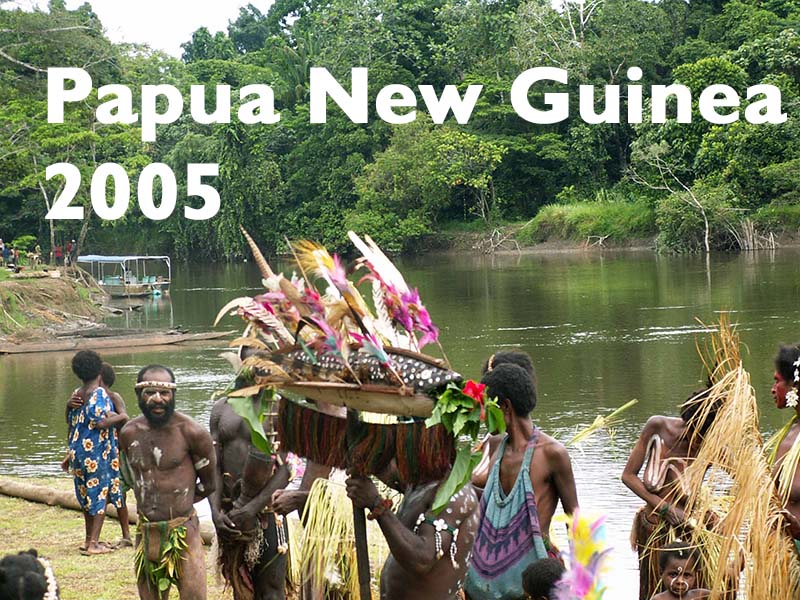The original page may be found HERE
July 1st to 14th 2005
Friday 1st July
Arrived in Port Moresby, the capital of Papua New Guinea early in the morning and cleared immigration before having breakfast at the Gateway Hotel.
Our flight from Port Moresby to Tari took ninety minutes in a Dash 8 Aircraft. Nothing could have prepared us for our arrival. The whole population, it seemed, had turned out to greet the aircraft. A most unusual Tourist Promotion was in progress. Local dignitaries and many Huli Warriors in full battle dress sprang into dancing action the moment our plane landed. It was a colourful, vibrant and amazingly dramatic start to our tour.
The journey to Ambua Lodge, voted one of the top ten world eco-tourist lodges in 2001, was to be our first accommodation. The 20 kilometre journey on a rough, unsealed road was bumpy and long. However seeing how the people lived was very interesting and the time passed quickly.
The lodge was all that it was made out to be and provided us with excellent accommodation, food, wonderful views and experienced guides.
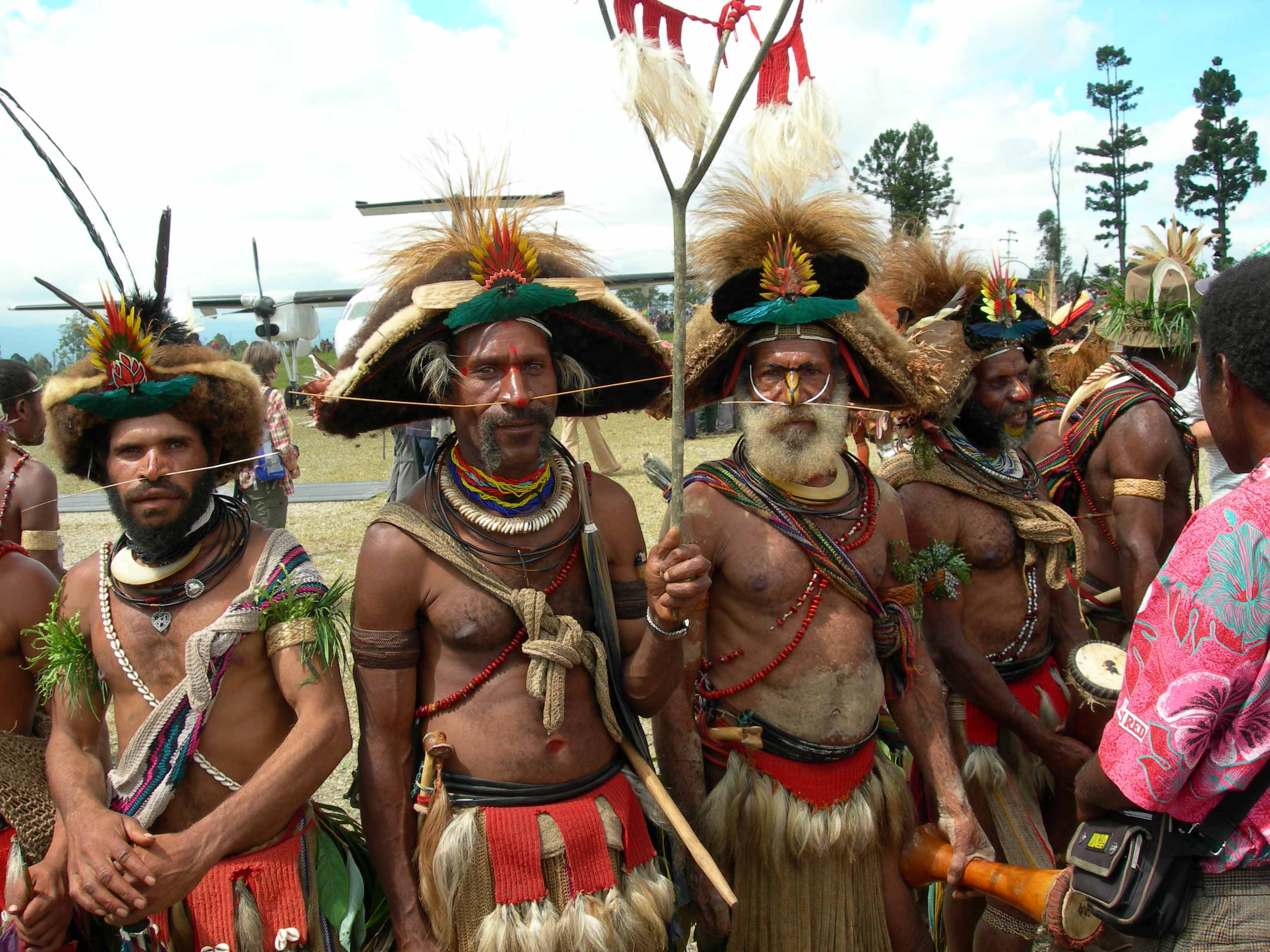
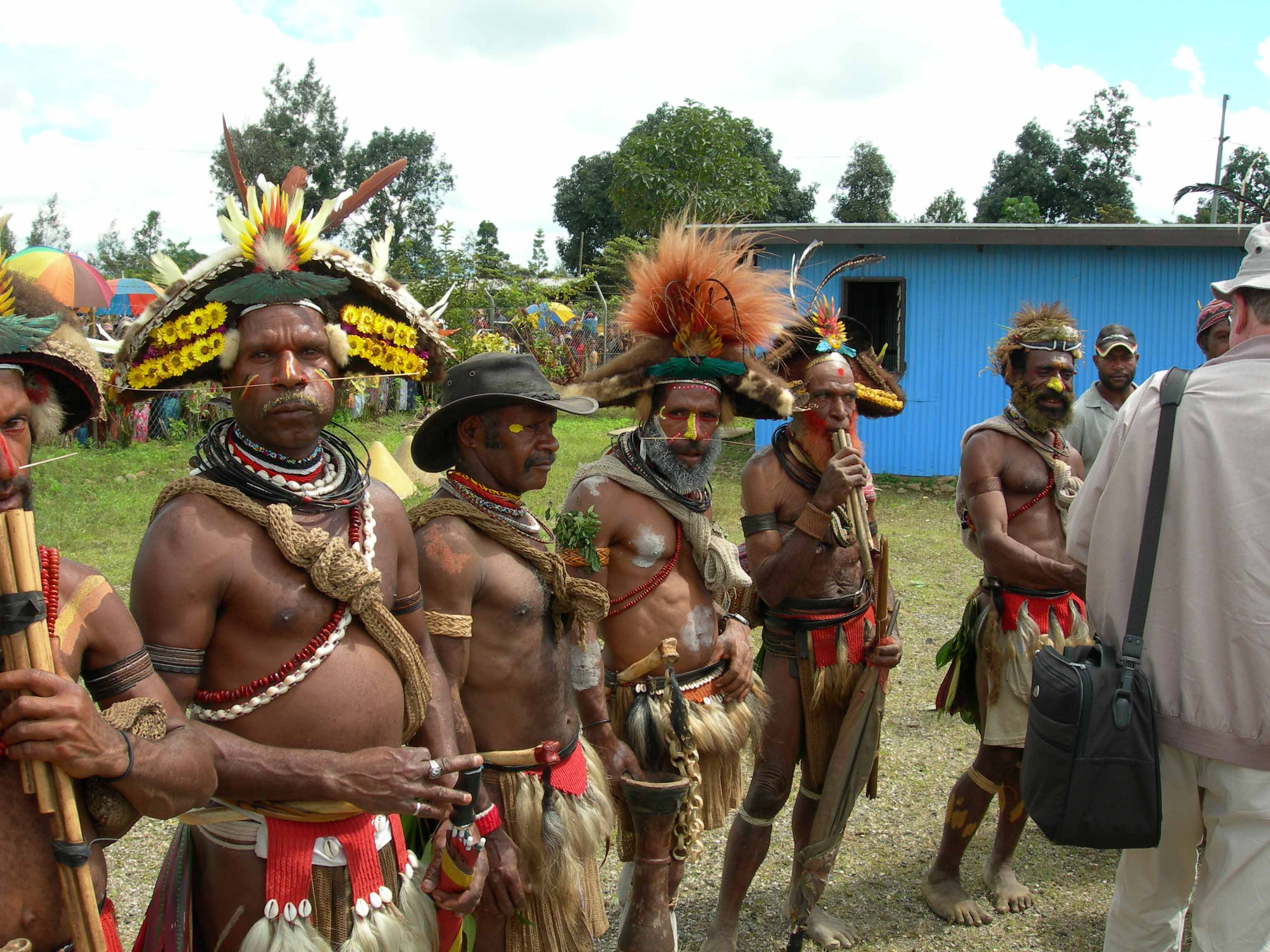
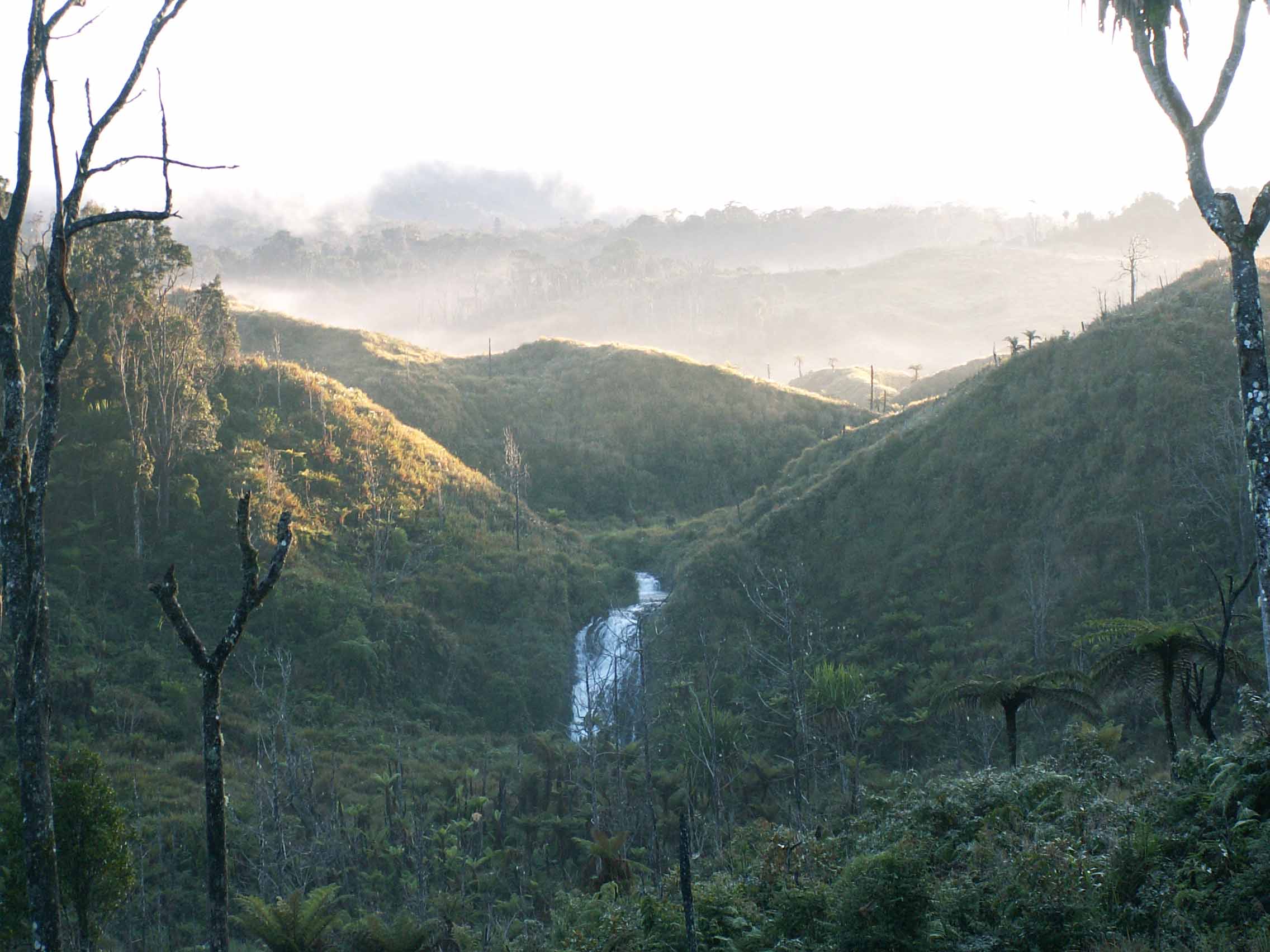
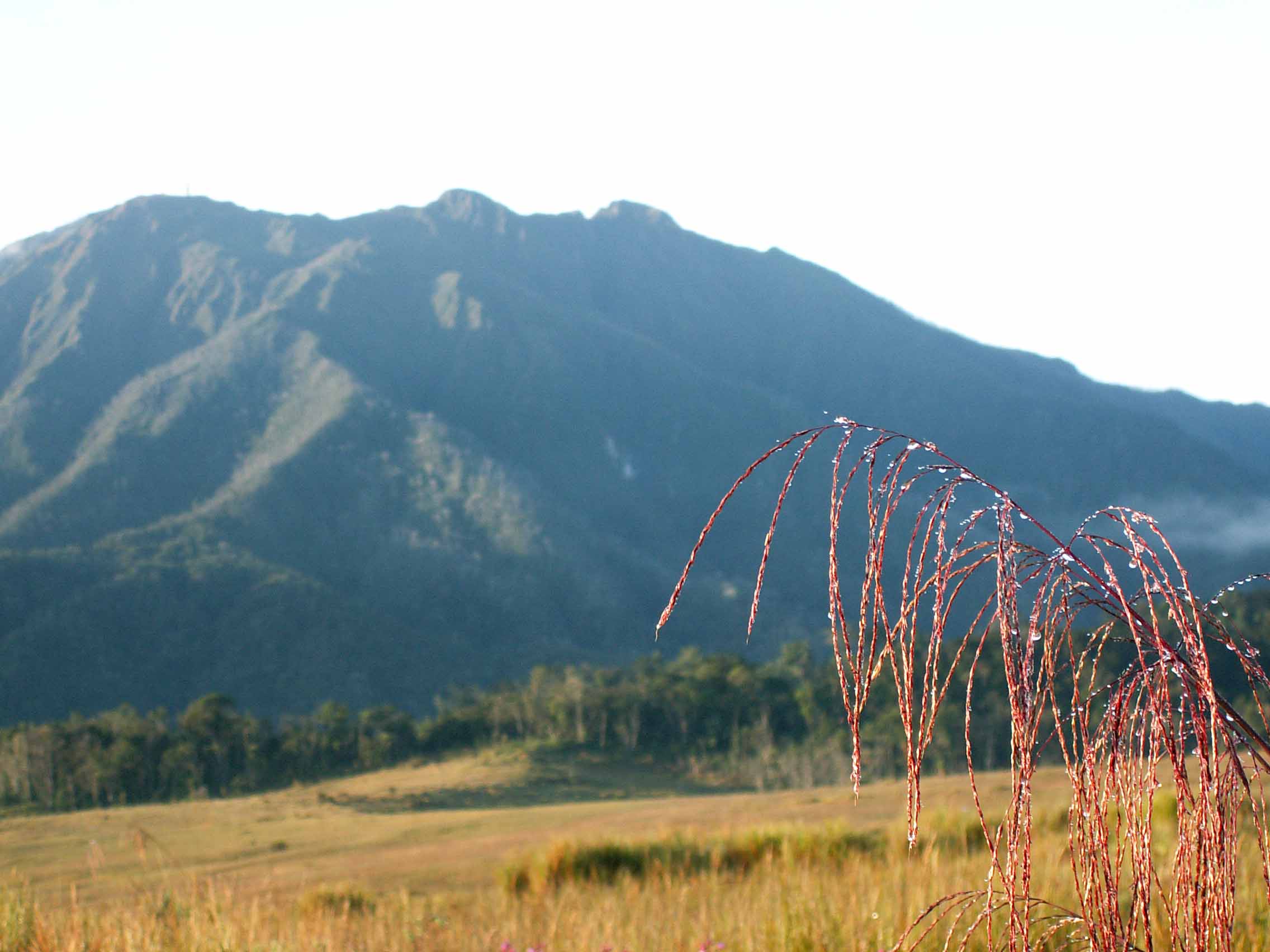

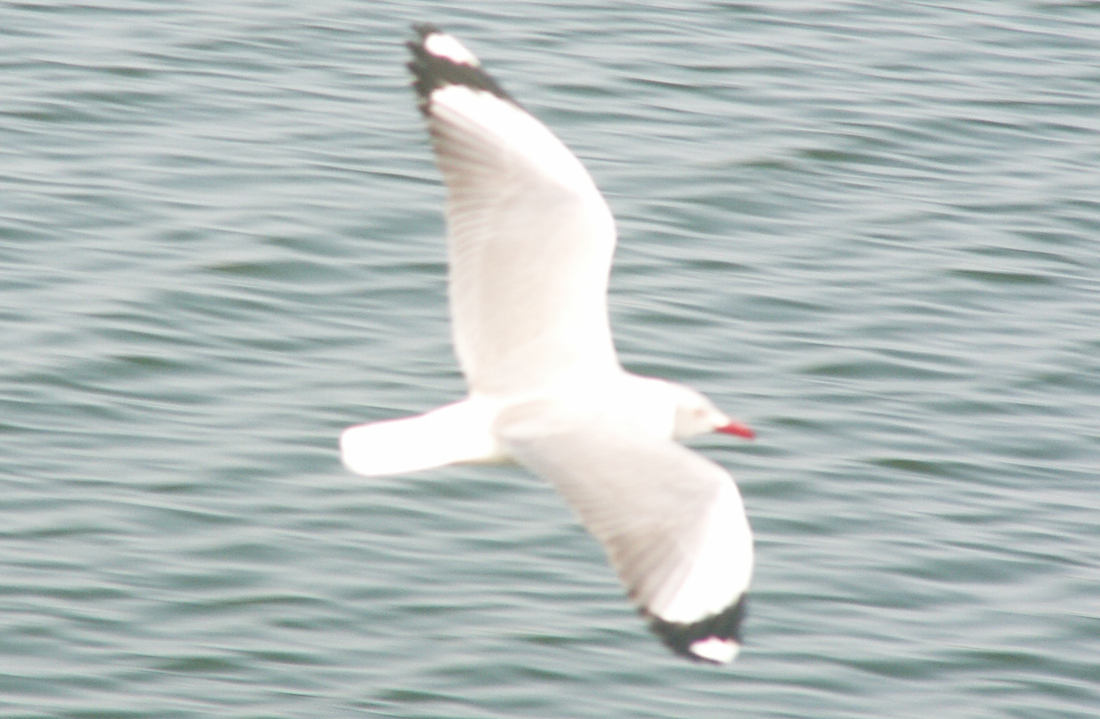
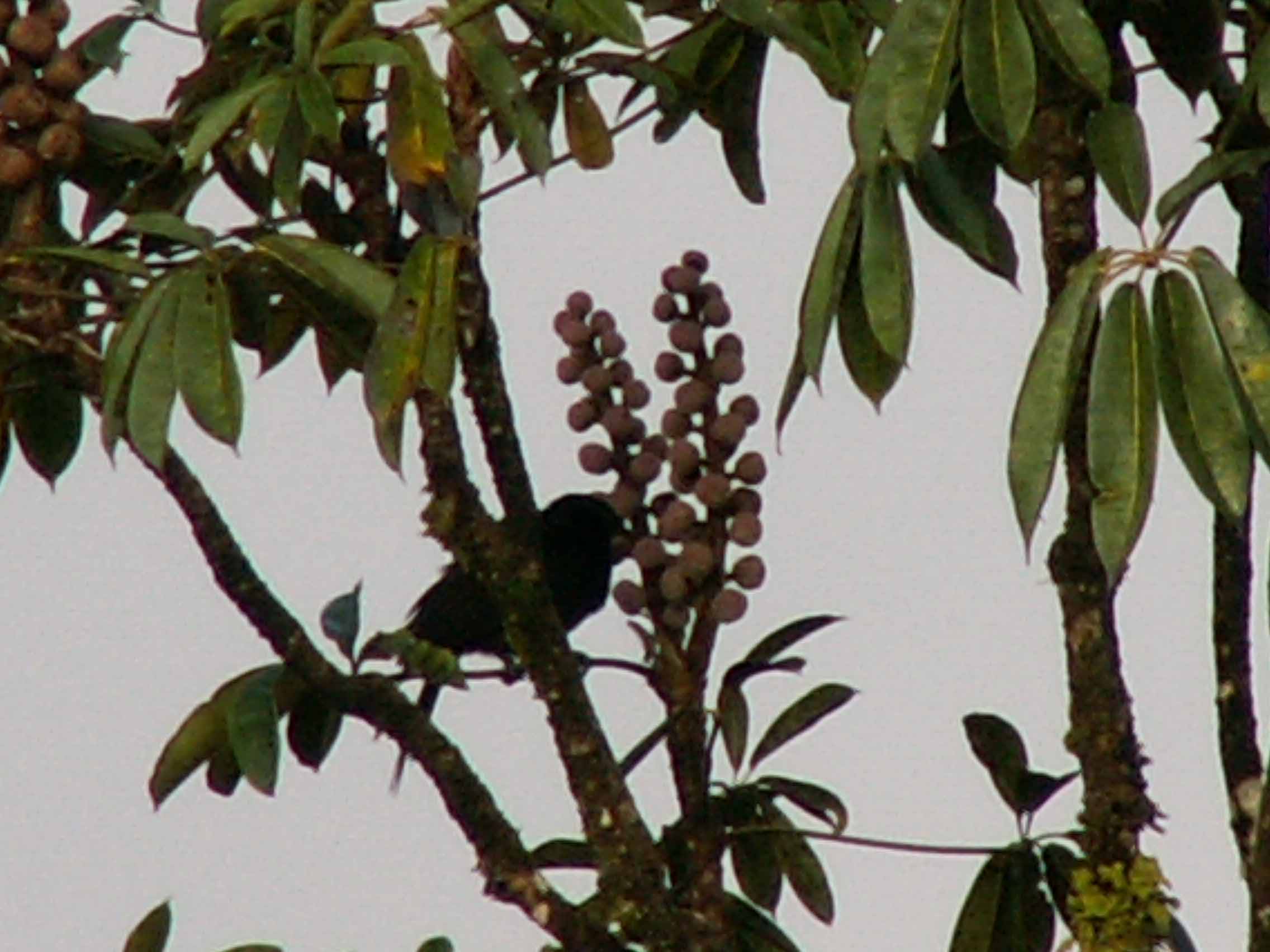
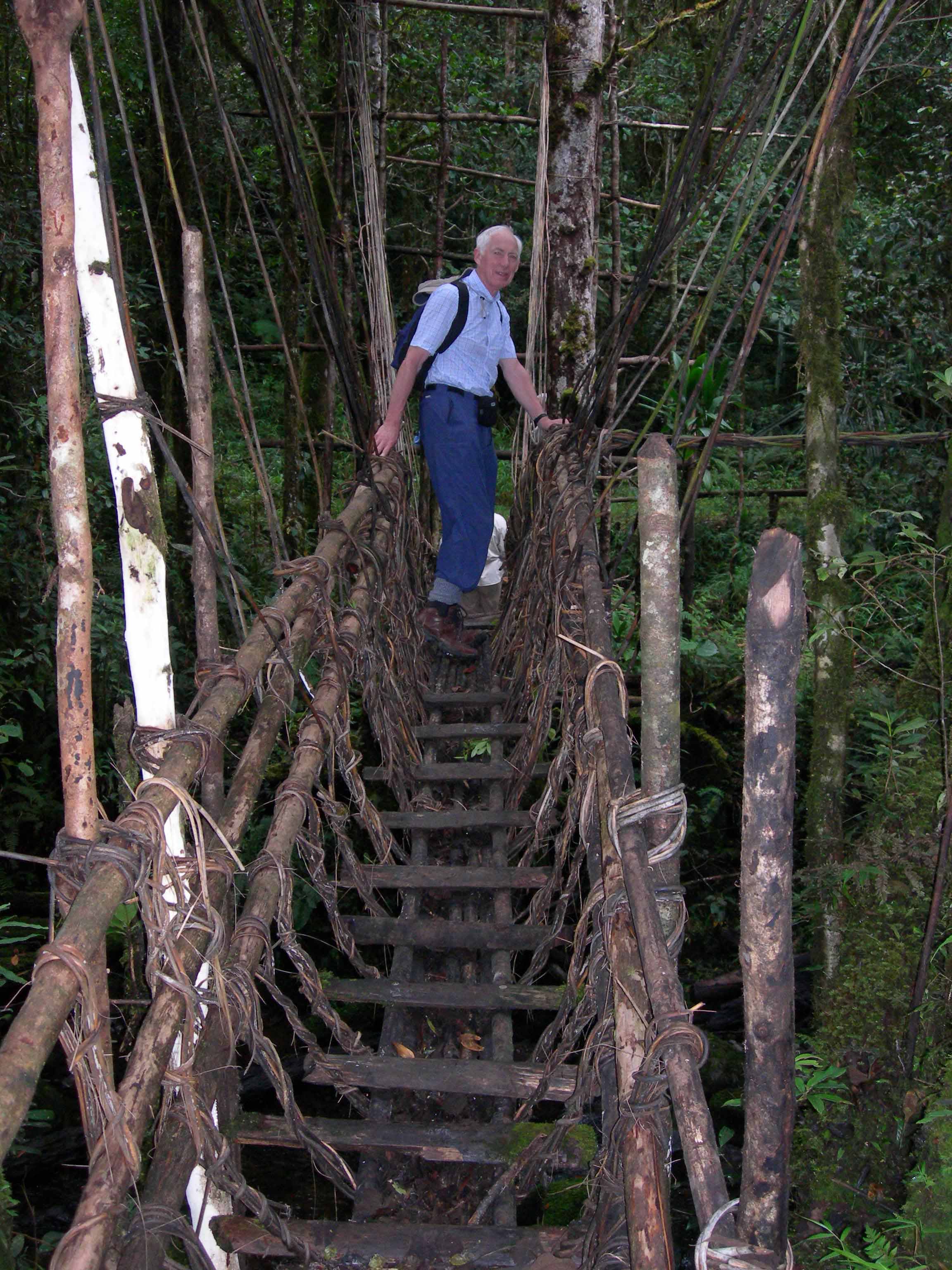
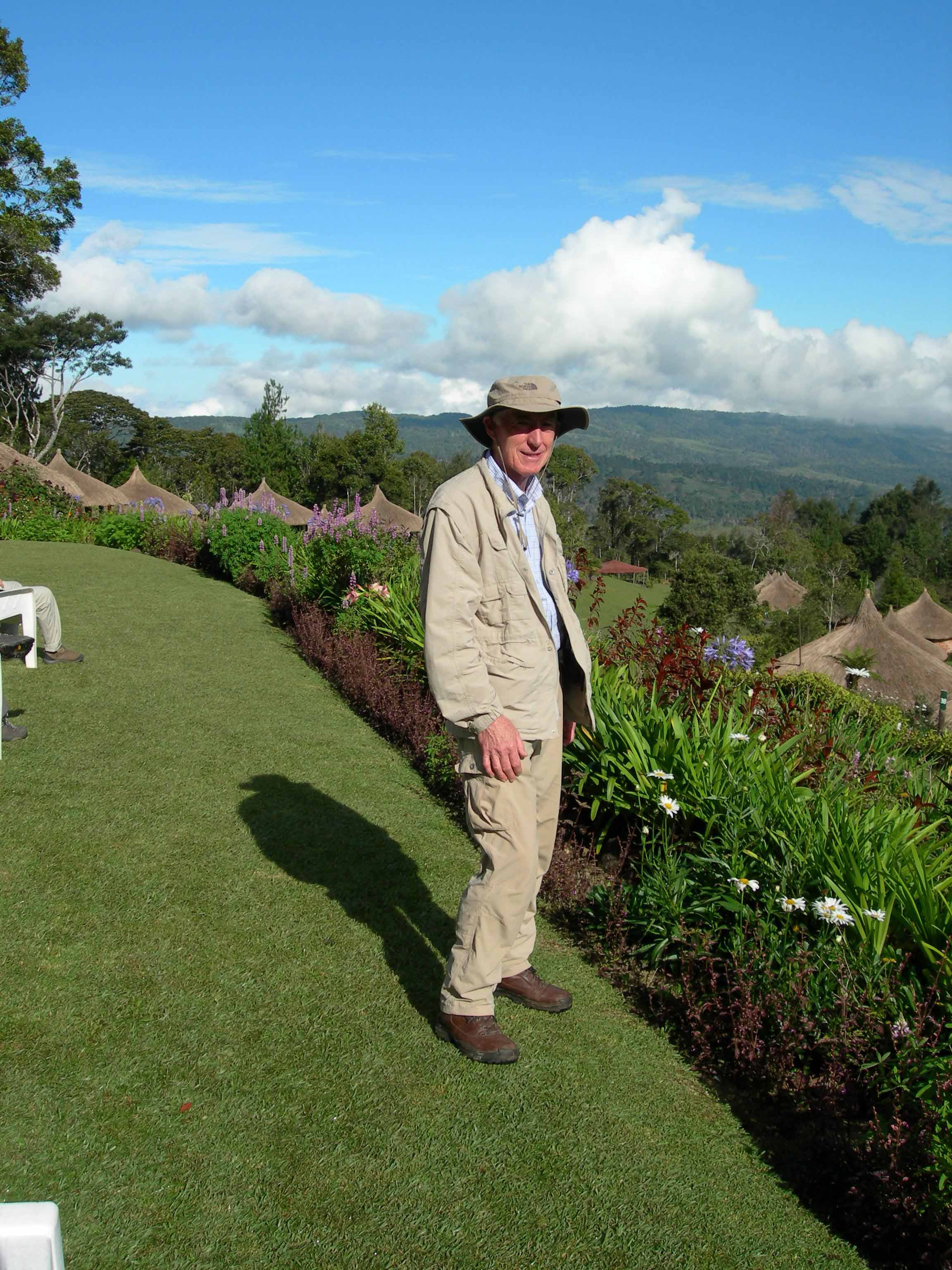
Saturday 2nd July
On our first day here we were off at 5.45 to look for Birds of Paradise. We saw three, the King of Saxony Bird of Paradise, Ribbon tailed Astrapia and Stephanie's Astrapedia. After a late breakfast we travelled to visit the local villages. We saw traditional dancing by the men the men before visiting the village to see how they live. many men do not live with their wives but in quite disgusting huts with several other men. The chiefs wife was living in one half of a hut with her children while the pigs lived in the other half. Some of the younger men lived with their wives and families while some wives lived together in a very tidy and clean hut of their own. Older wives with two children bare their breasts and wear two bags from their heads while younger wives only wear one bag. Some of the men have as many as five wives but usually live separately doing their own cooking. We saw how a typical wedding takes place. The arrangements are made by the sisters of the bride. The number of pigs involved in the ceremony is still very important. There appears to be ongoing arguments with neighbouring tribes, generally over a pig or land. These disputes often get out of hand and are settled in a bloody battle using knives and spears. So when visiting a village don't mess with their gardens or pigs!
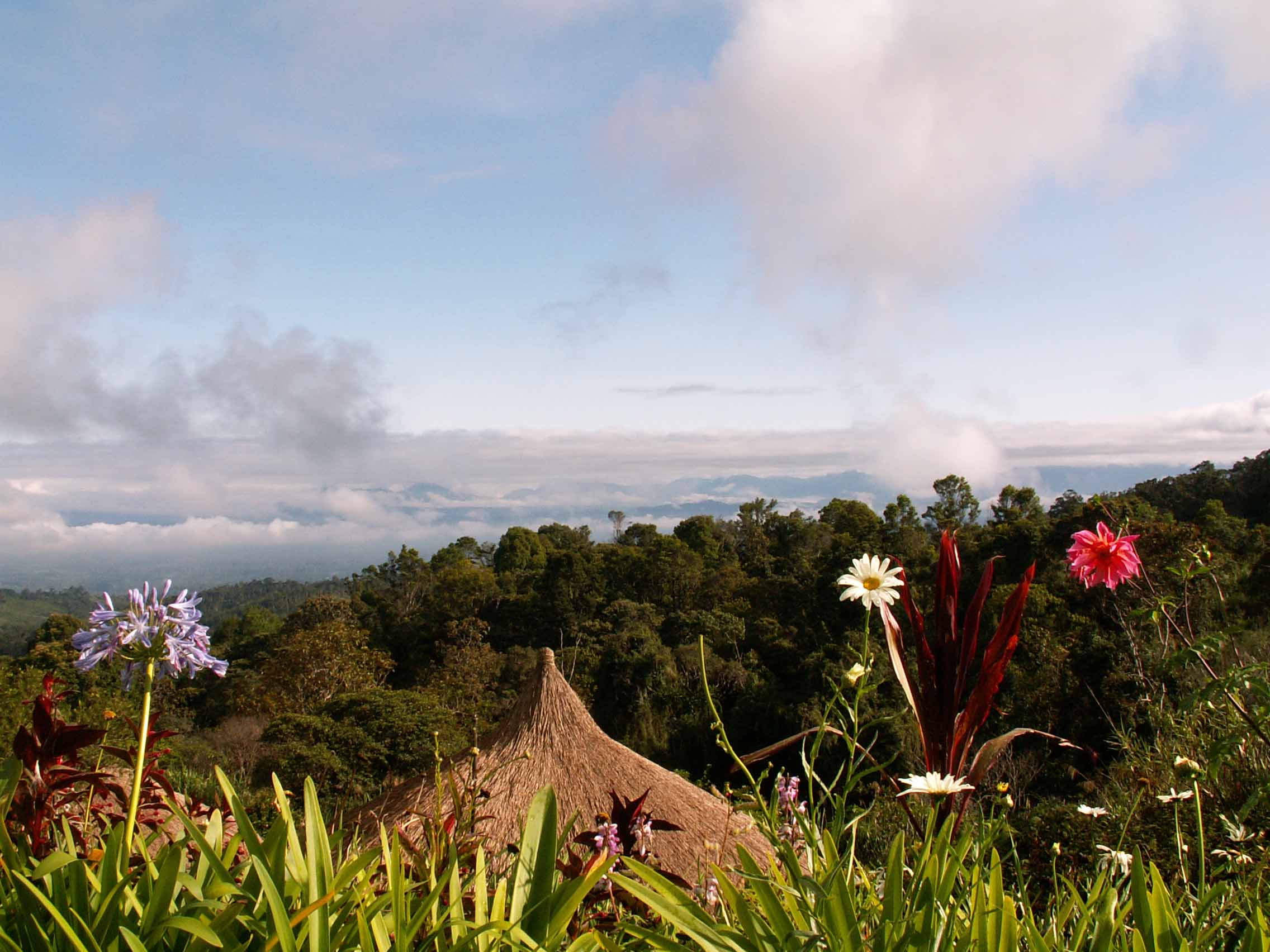
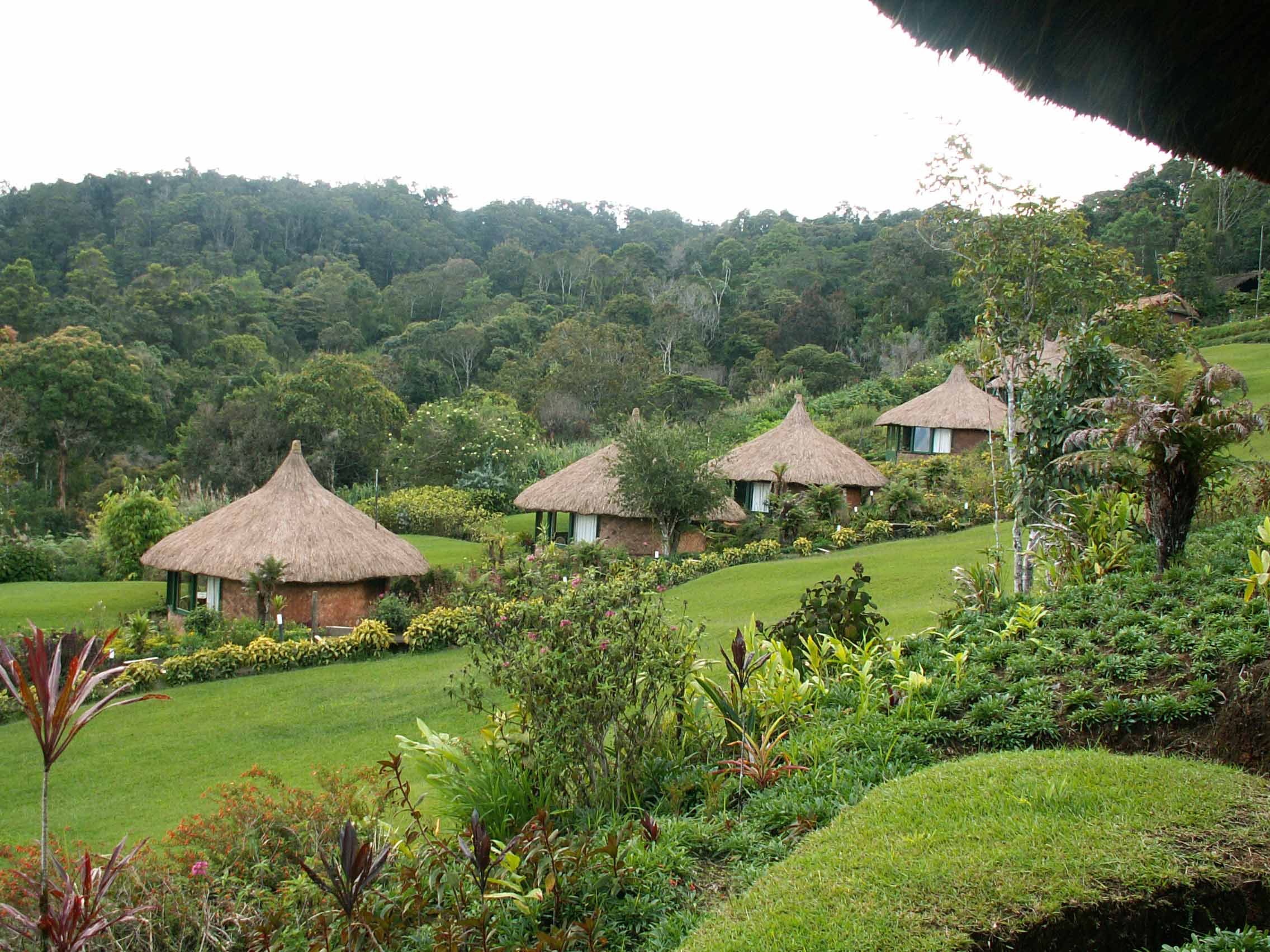
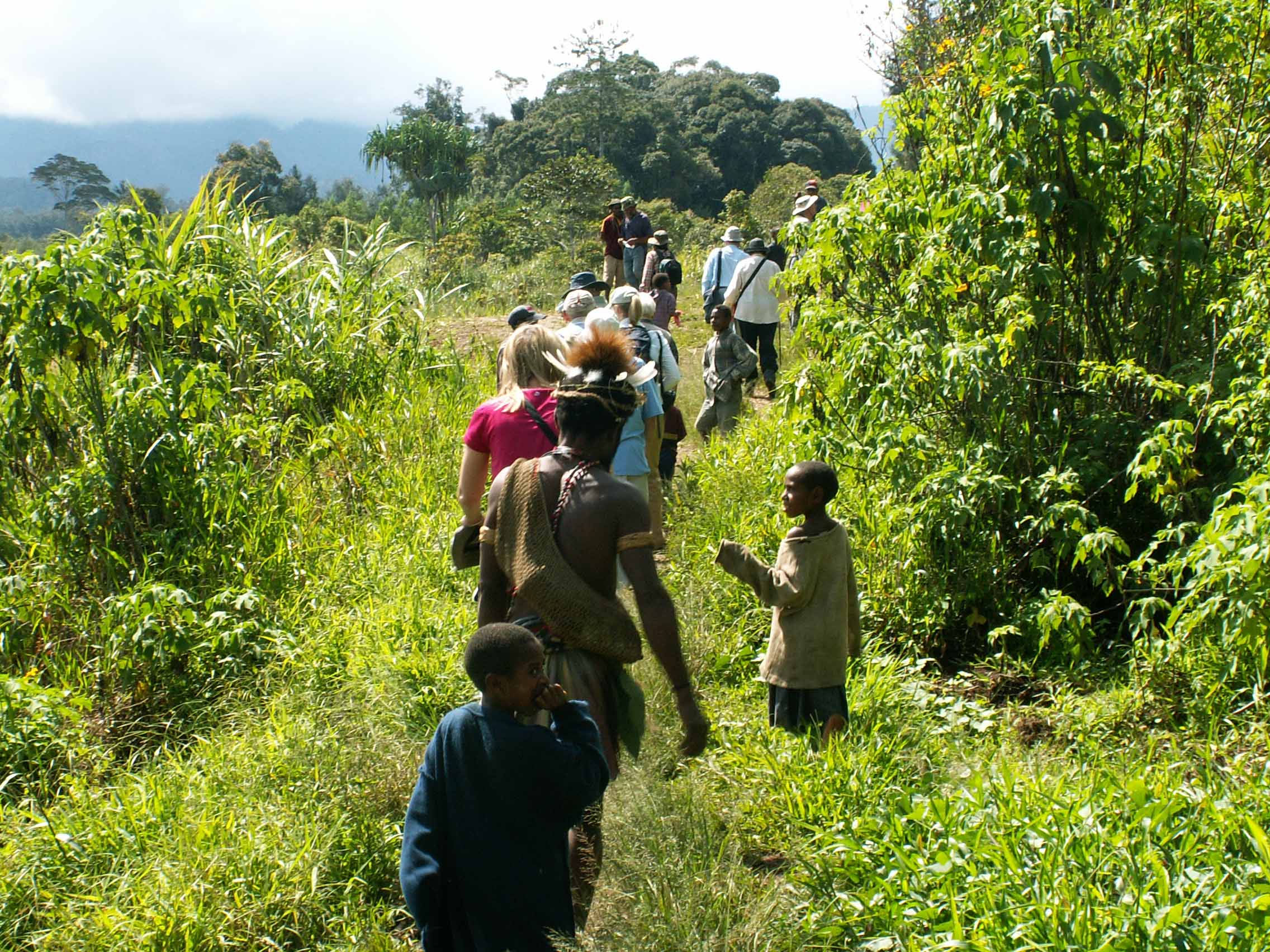
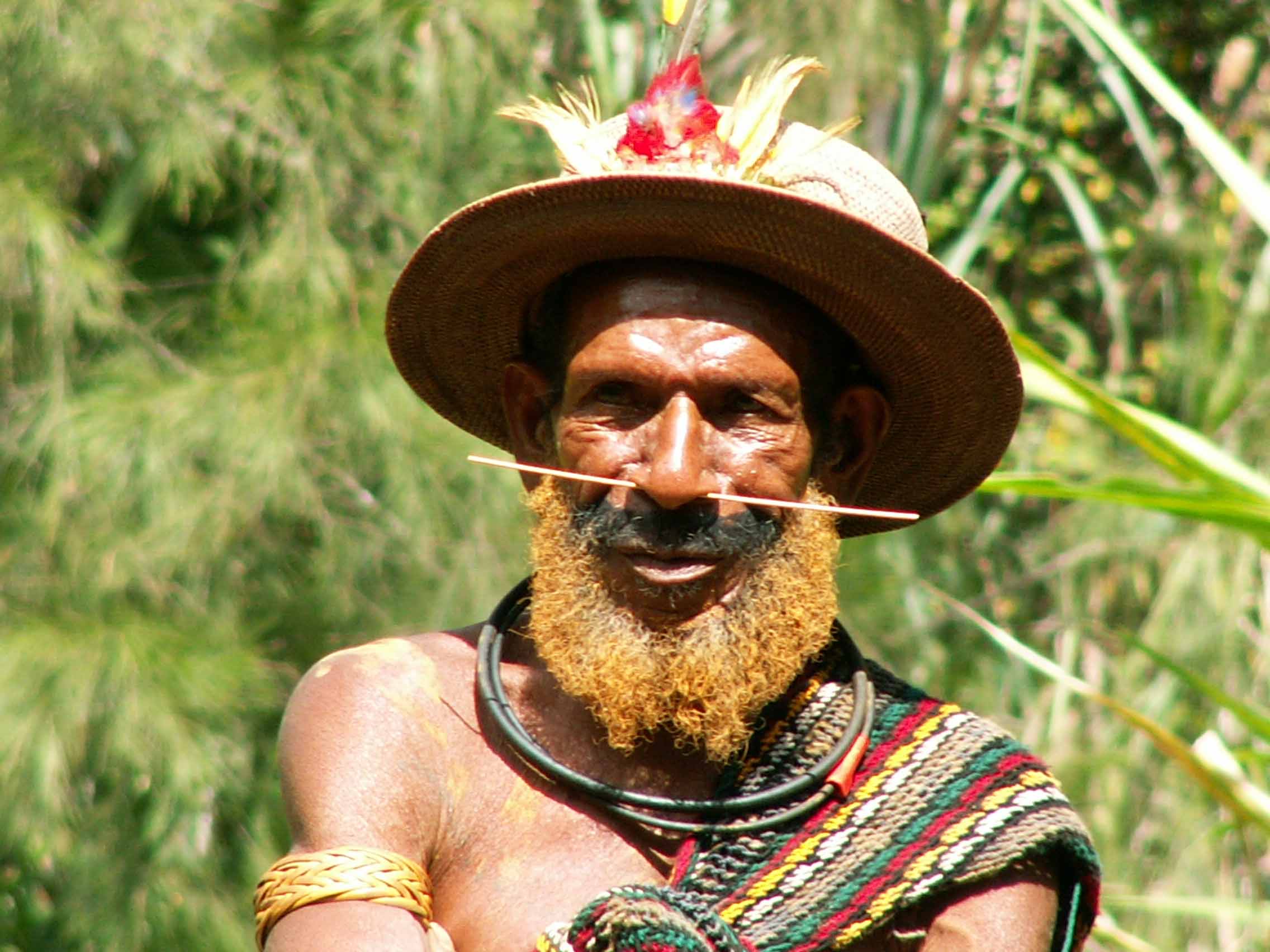
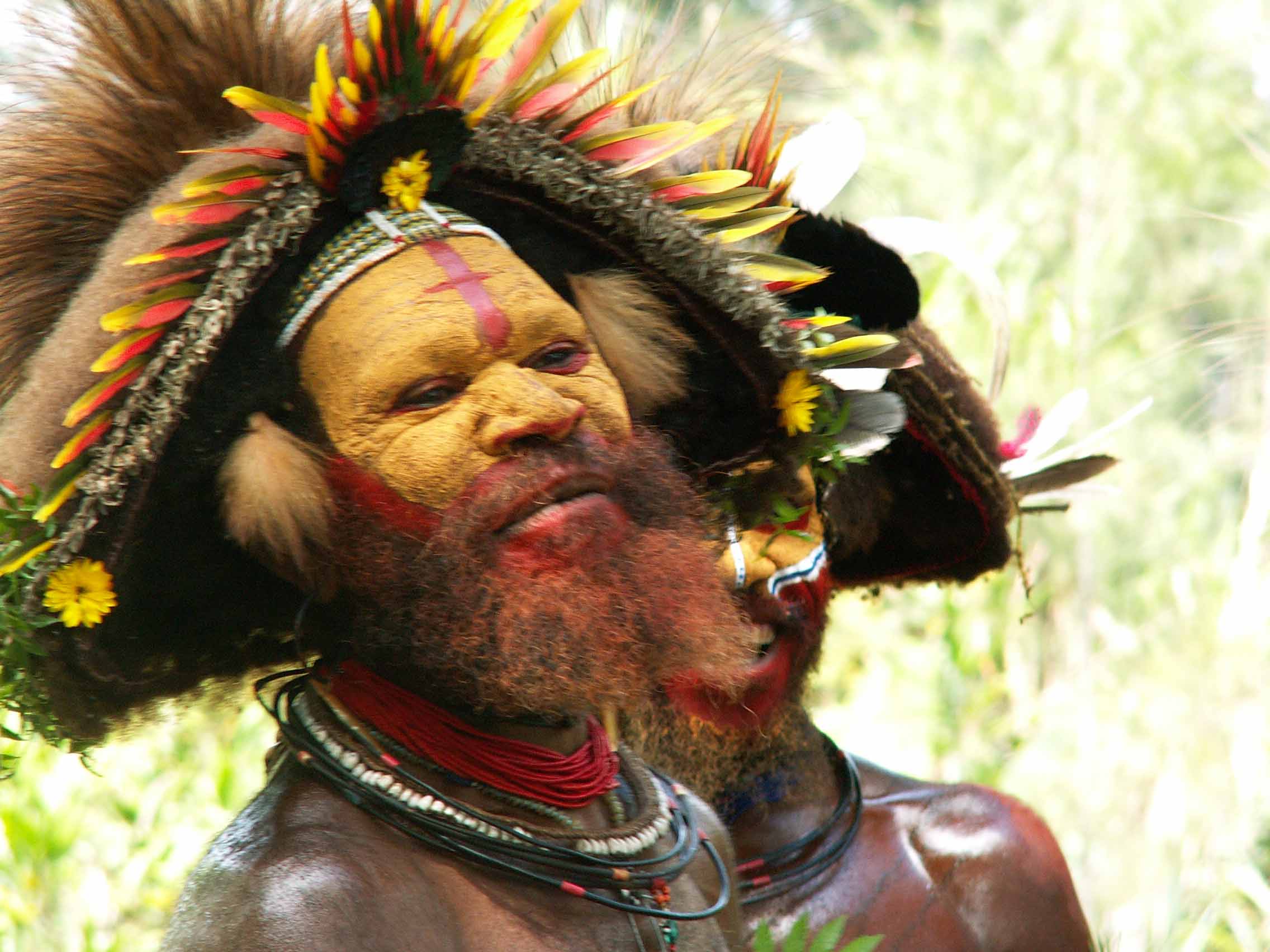
Sunday 4th July
During our visits to some more villages we saw how the Spirit Doctor uses melted pig fat to tell what illness a person may have and to keep away evil spirits they use a leaf on the ground with water on it to reflect away the spirits. Since the 1930's they have been prepared to use government facilities.
Wig making is an important art and when a man decides to make a wig he lives away from all of his family and friends for about two years. They grow their hair and are shown how to make the wig. These wigs may be for everyday wear or for Ceremonial wear. They are decorated with flowers and bird of paradise feathers and handed down through the families. In the late afternoon we went for a walk through the forest to see waterfalls and had to traverse several suspension bridges.
There are 740 different languages in Papua New Guinea, a third of those in the world, with villages being only a few hundred yards apart speaking a different language. English is the national language now and is taught in schools. Before independence, Papua was a protectorate of Australia.
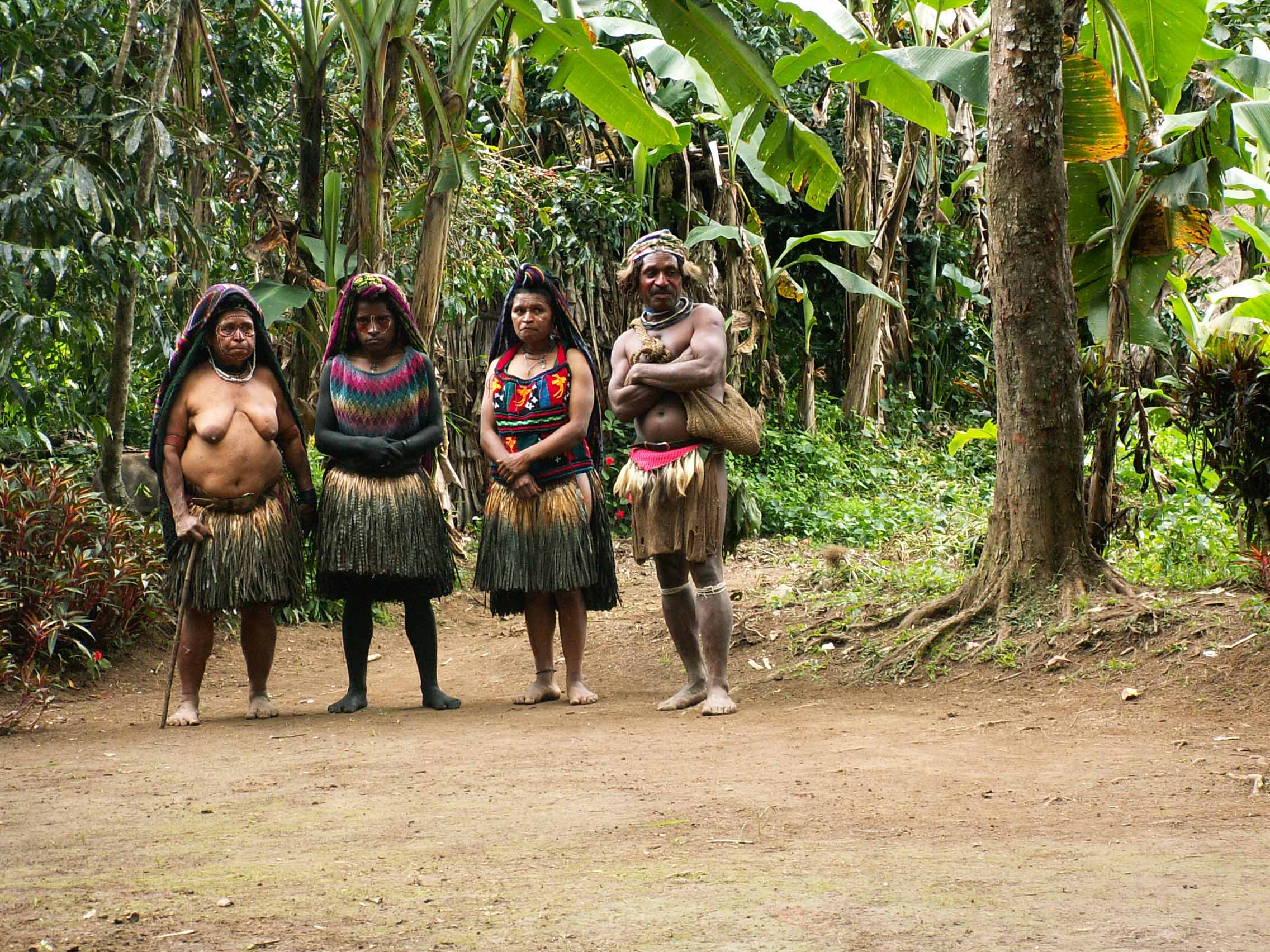
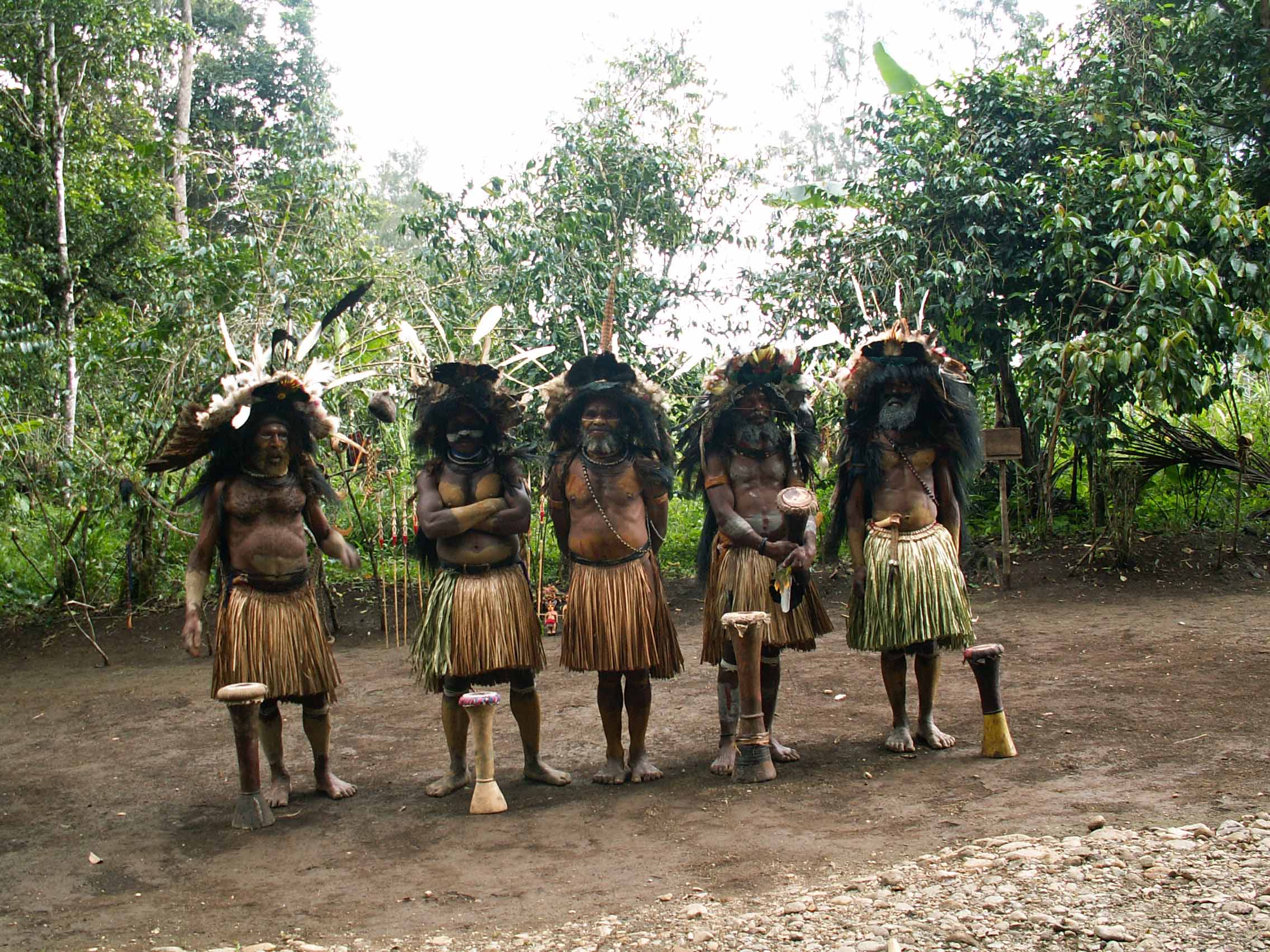
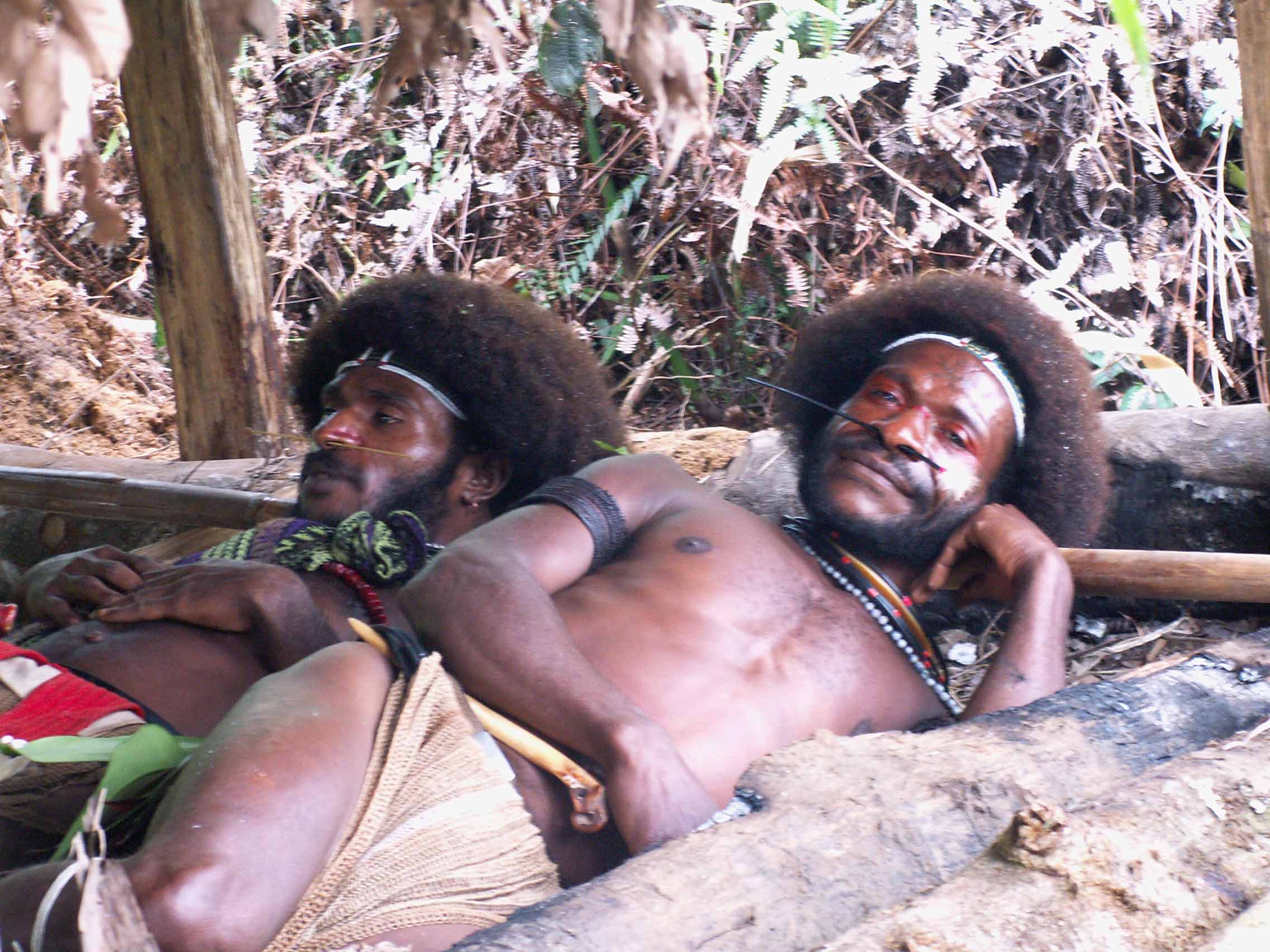
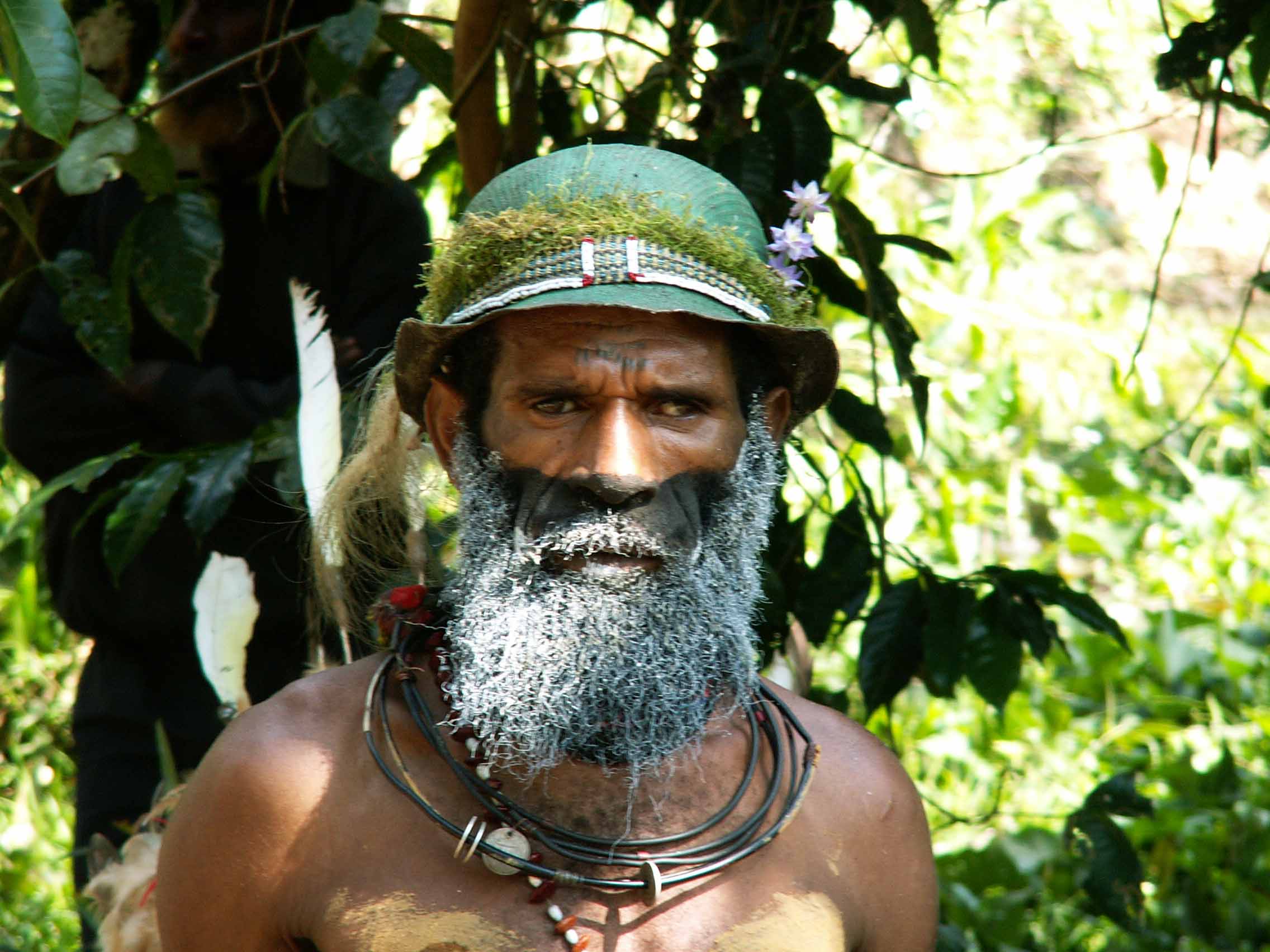
Monday 4th July
Just below the lodge there is a small grass airstrip and we flew from Tari to Timbunke in an 18 seat Otter 8. We flew in mainly clear skies as navigation has to be visual. The plane landed close to the River Sepic. The Sepic Spirit was to be our home for the next four nights as we travelled down the river.
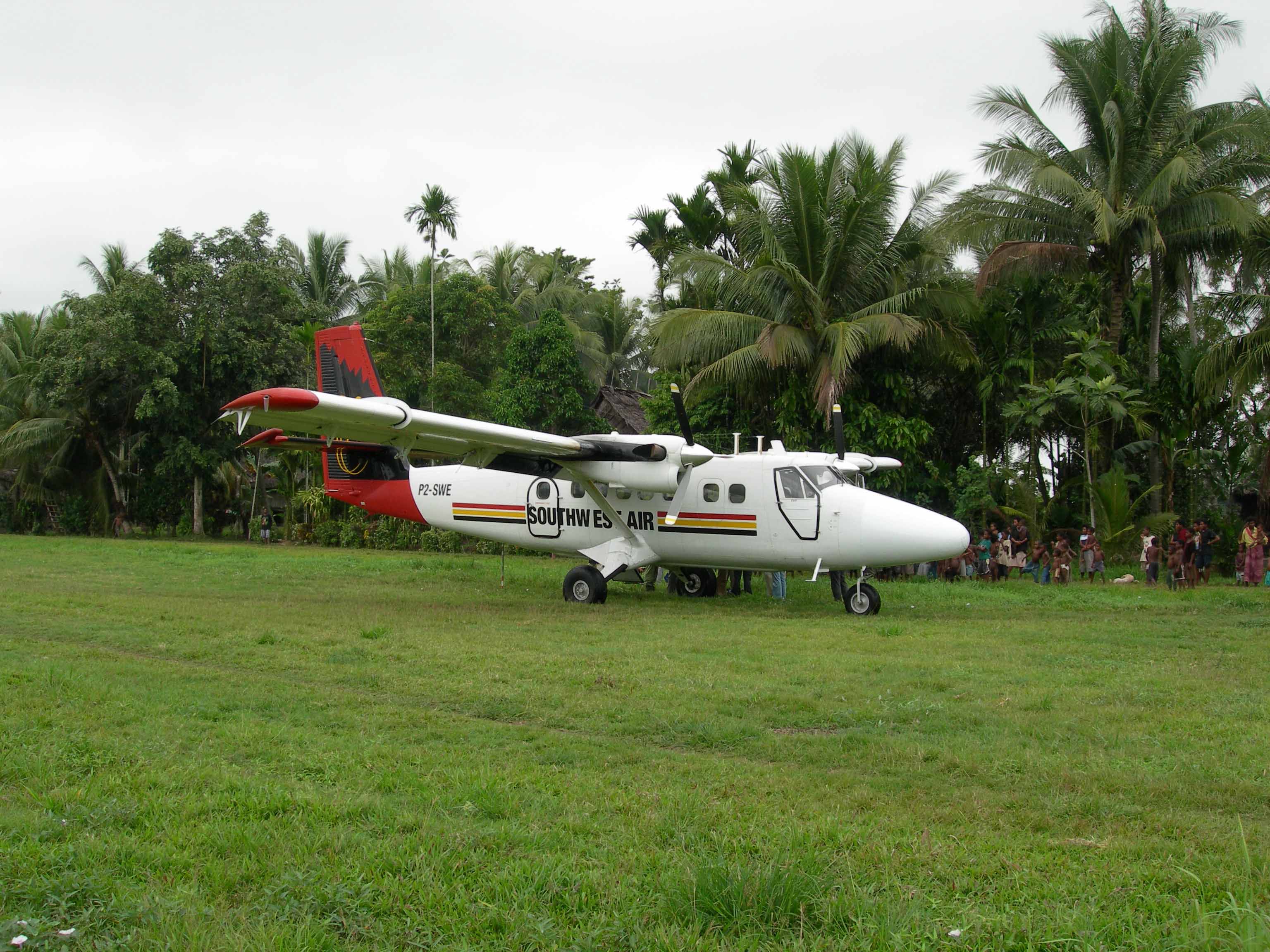
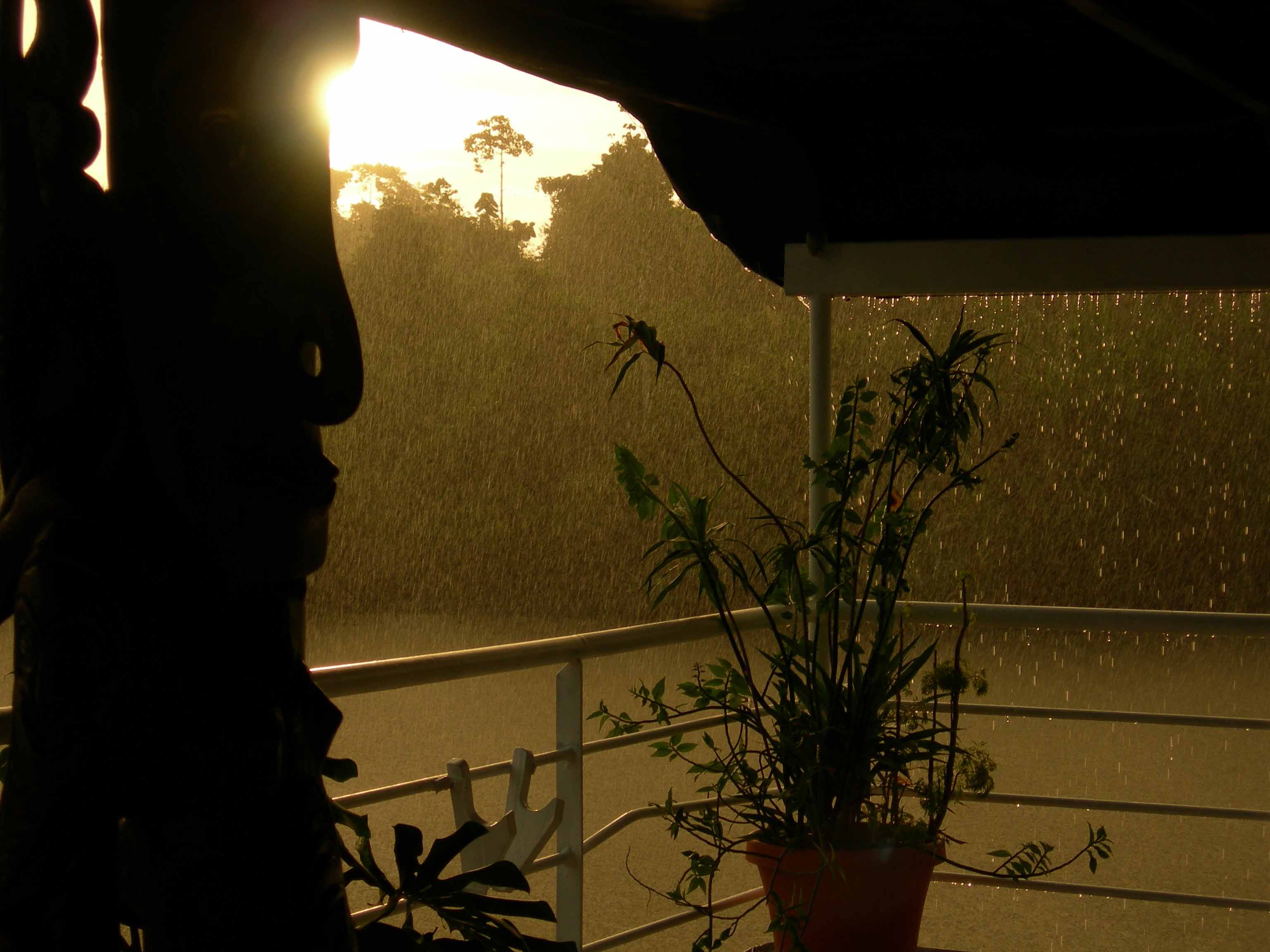
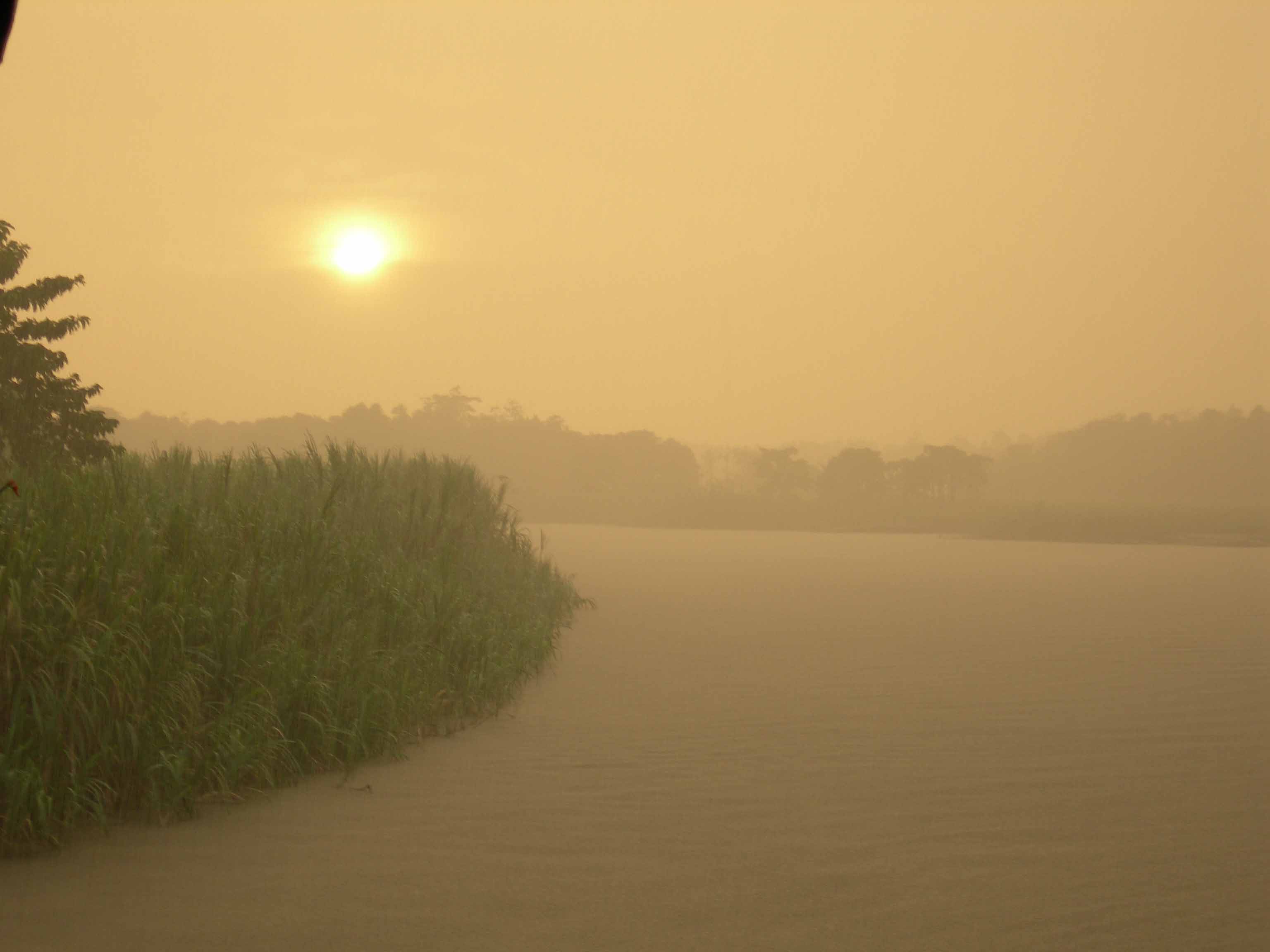
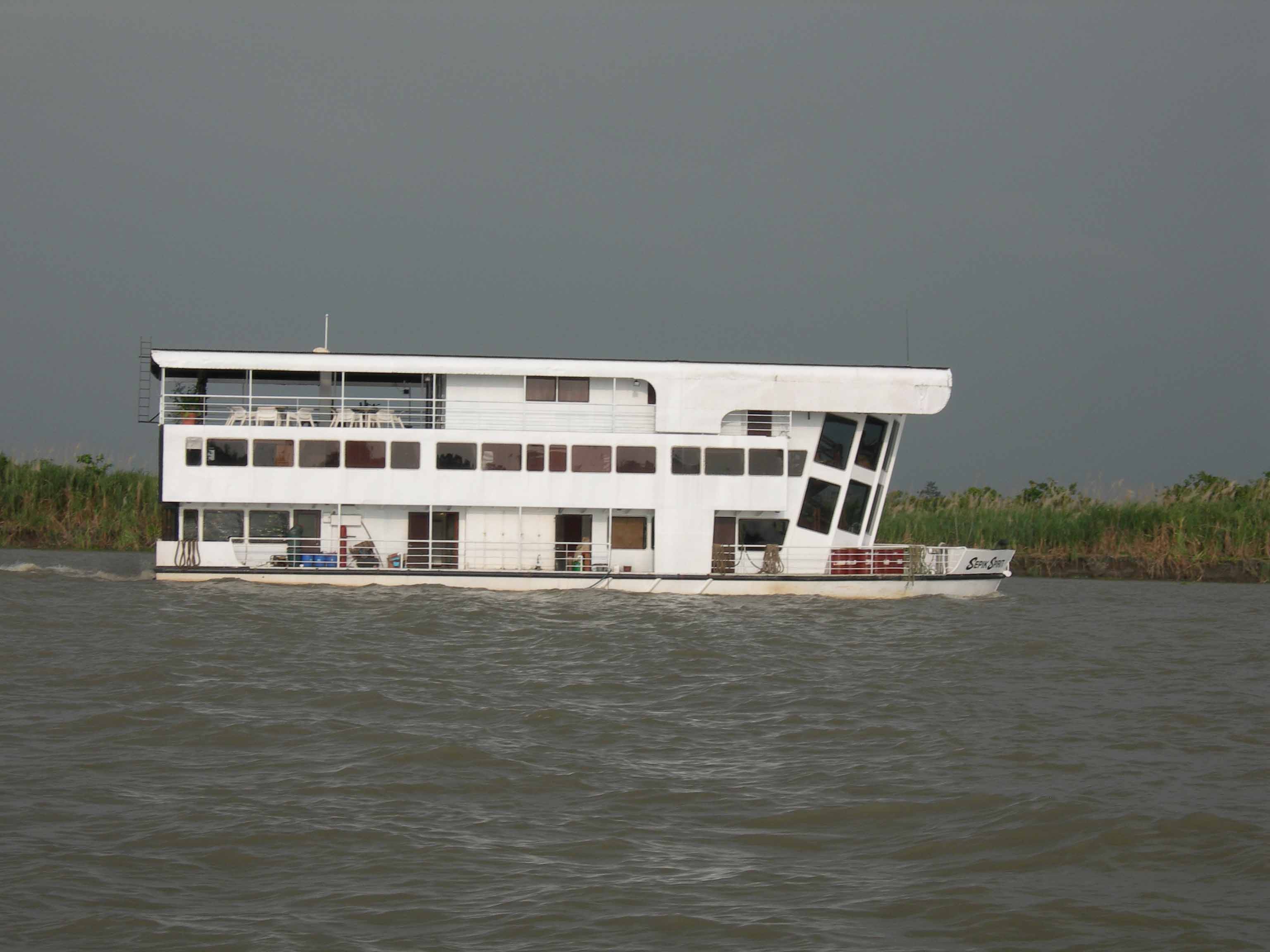
Tuesday 5th July
We firstly made a visit to Kamanimbit village where we saw the men's house and many handicrafts. The ladies gave a demonstration of cooking and the men gave a flute dance. Later we visited Kanganamun village where there was a much larger men's house where the men sat and talked during the day and slept at night. We were welcomed by a spirit dance with two men dancing under a large wicker figure or spirit mask.
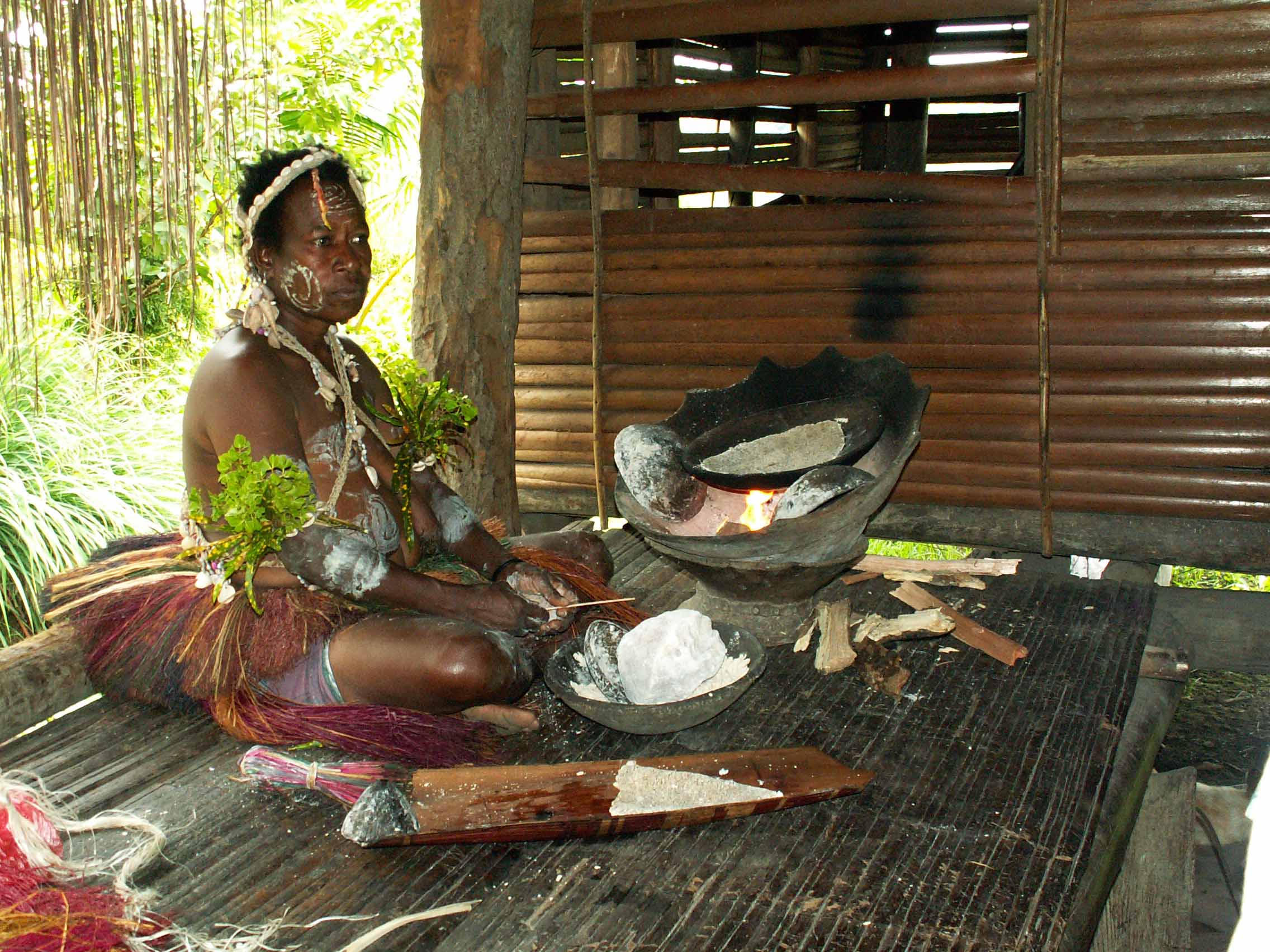
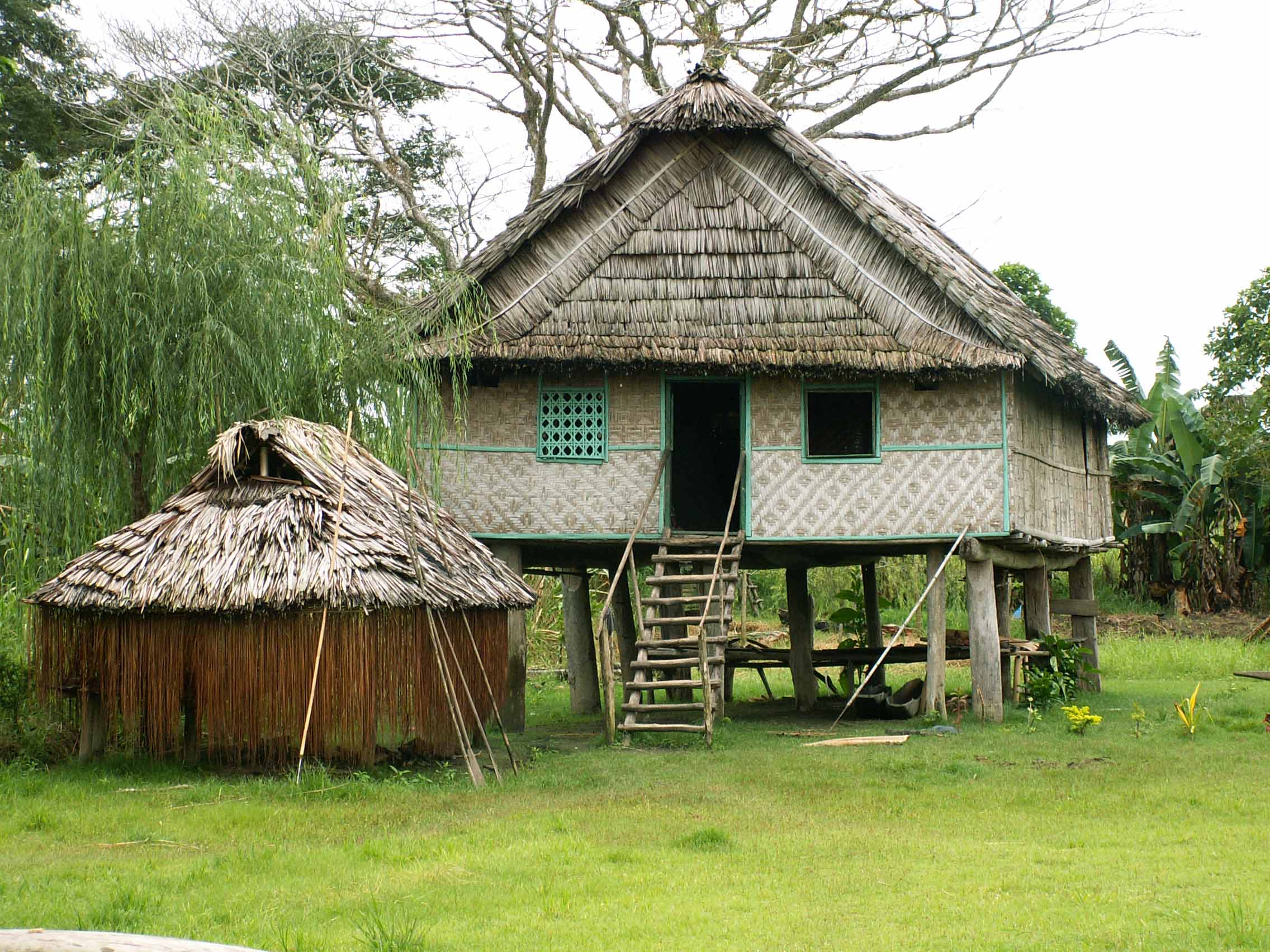
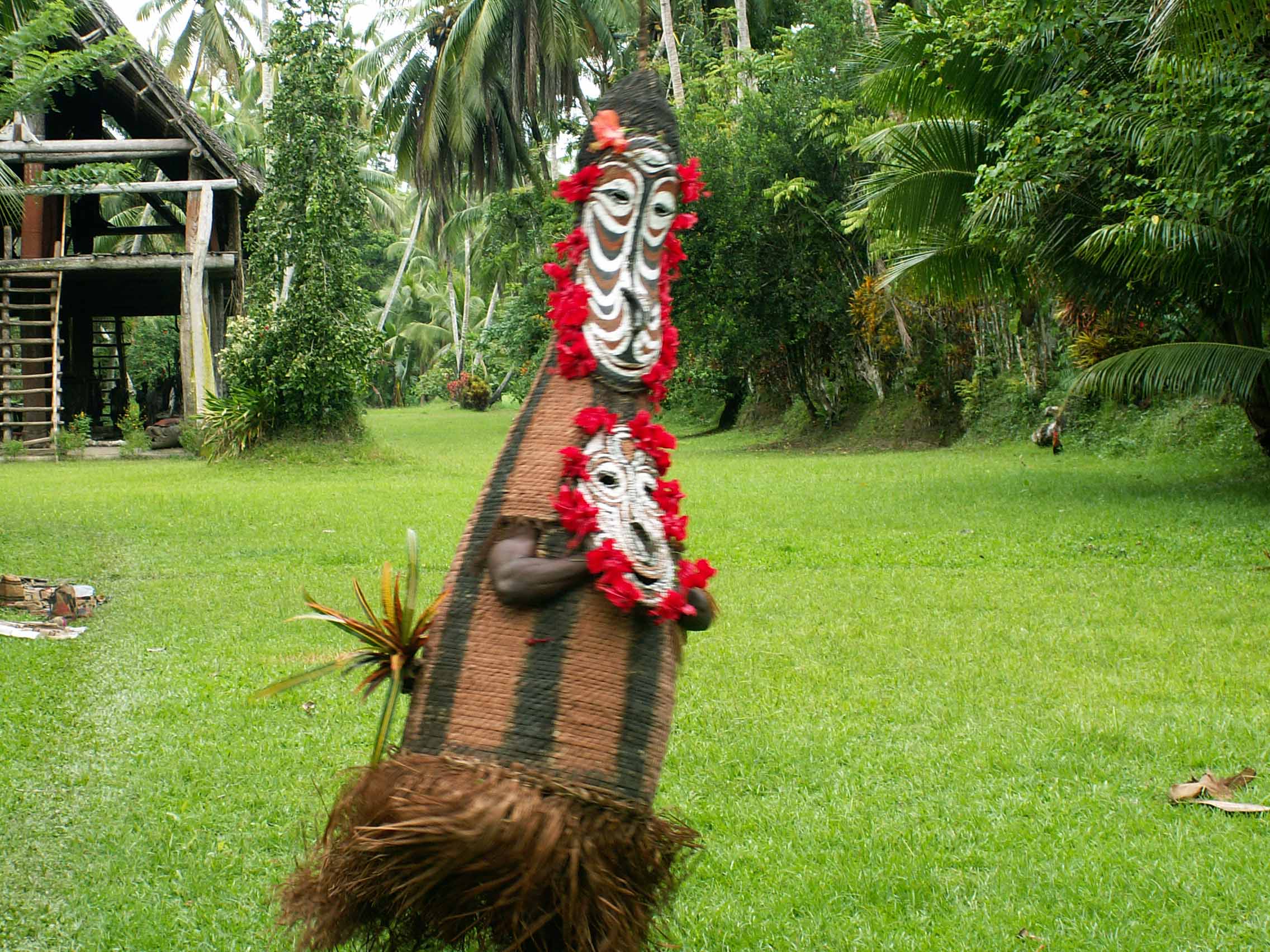
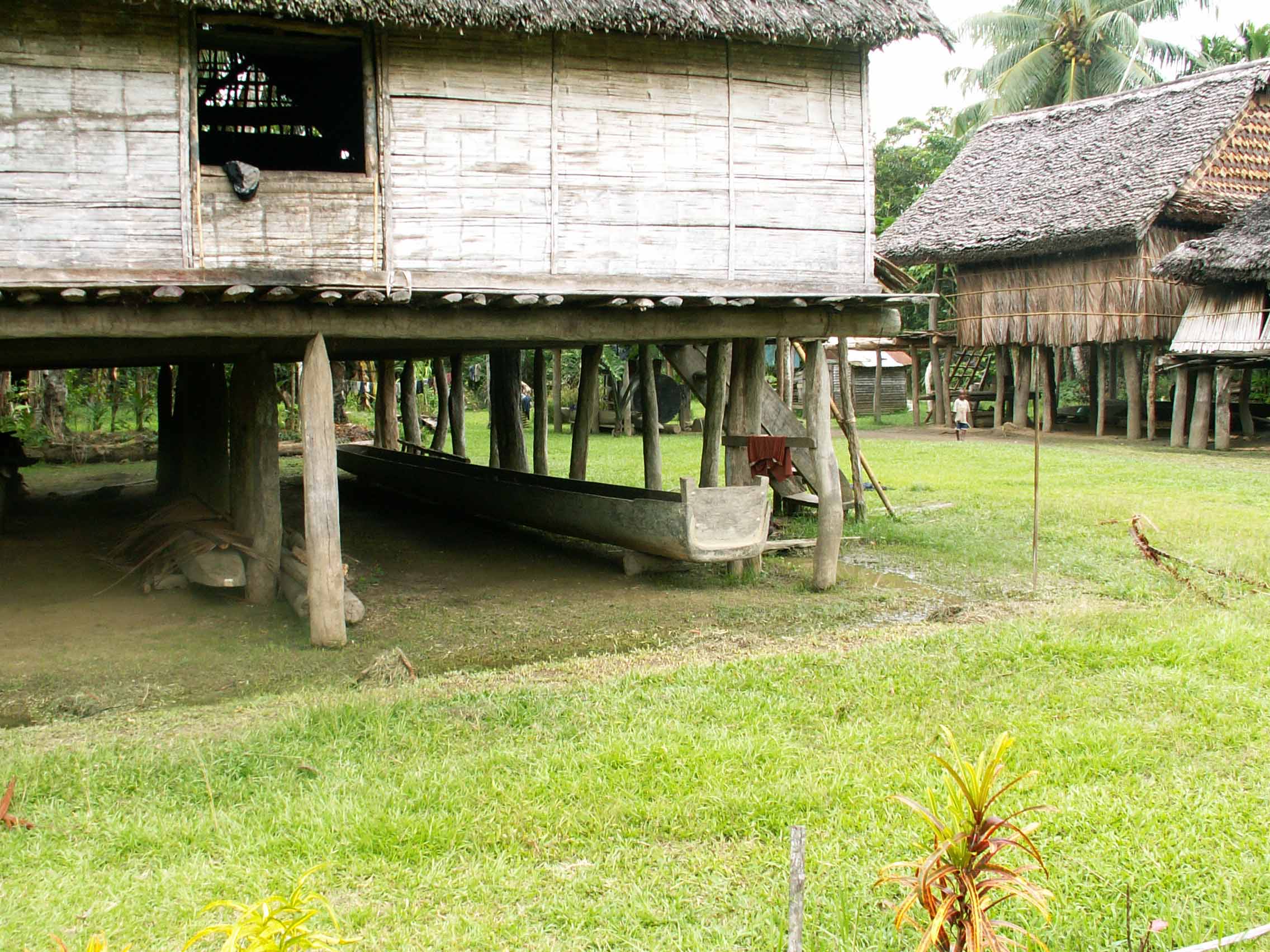
Wednesday 6th July
A visit to another village watching the women cook a fish meal with sago pancakes and sago pudding. They showed us the way they catch crocodiles for food and processed the skins.
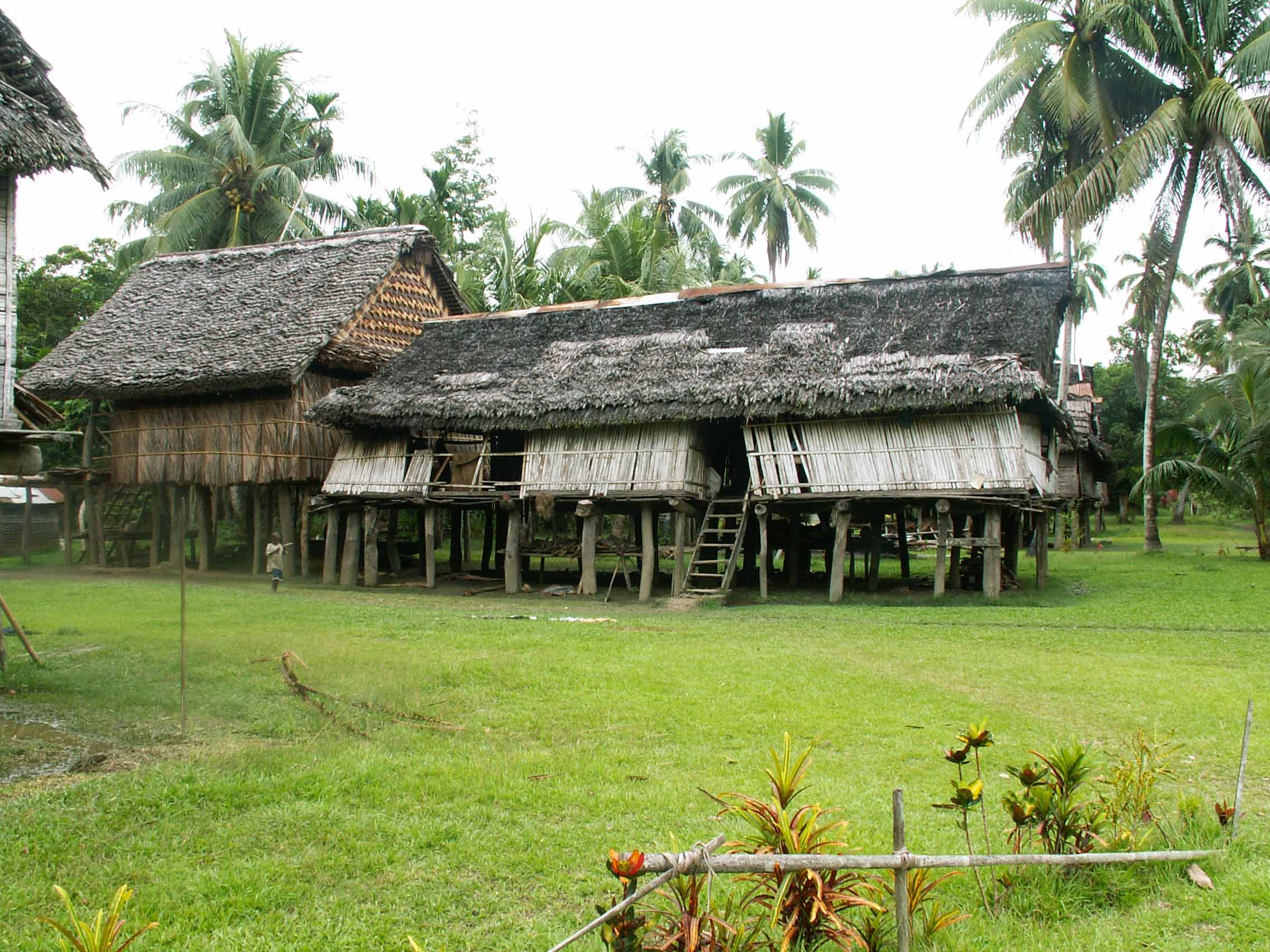
Thursday 7th July
We arrived at Karawari Lodge after climbing up the 22ft bank of the river. The lodge gave us great views over the jungle.
In the afternoon we walked part of the way to another village. Here we were welcomed with a sin-sin or dancing procession. The people were so friendly and it was a very enjoyable experience. In the late afternoon some of us went for a walk through the rain forest. The lodge nad no electricity after 11.00 pm and we certainly needed the mosquito nets!!
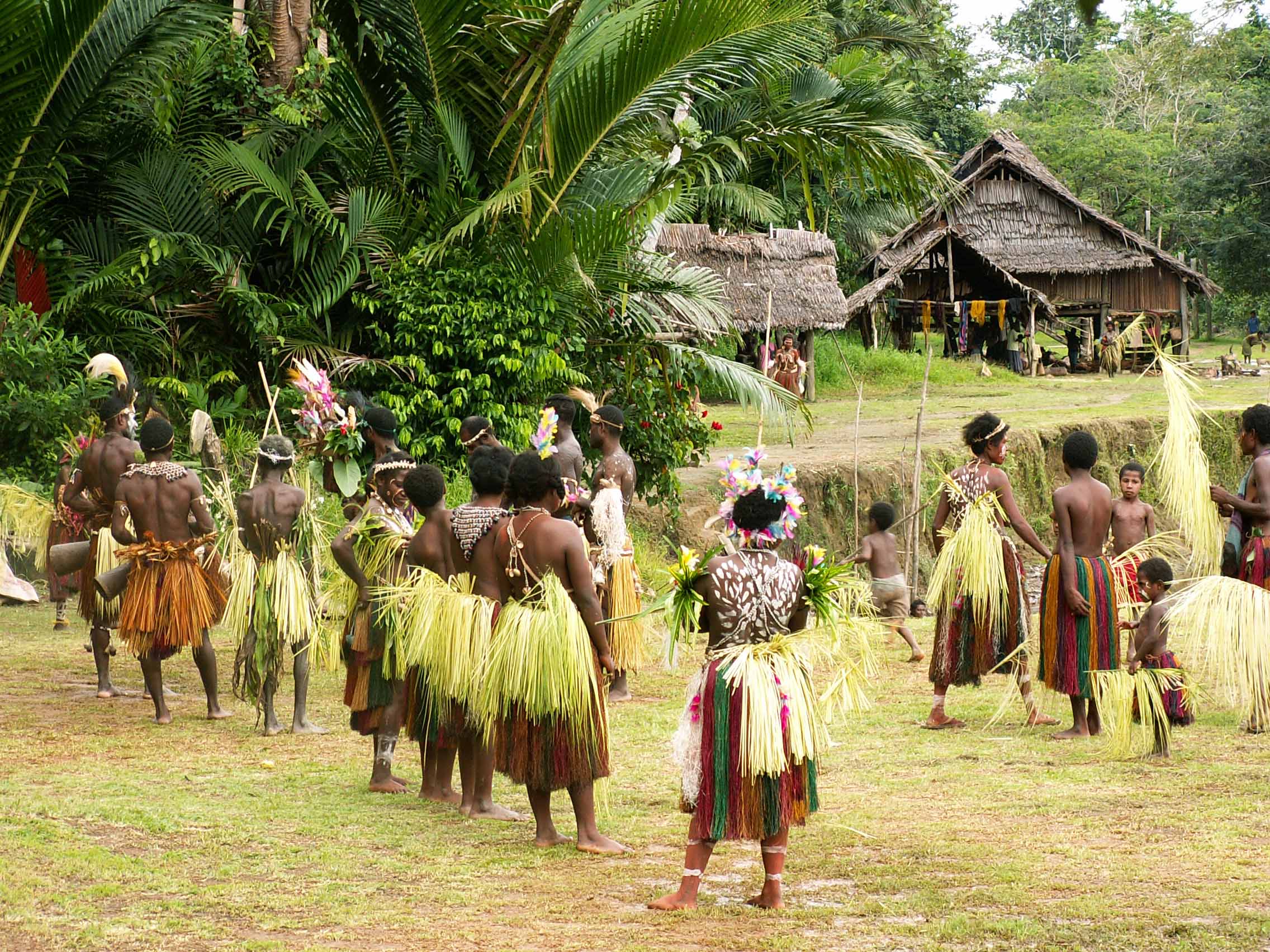
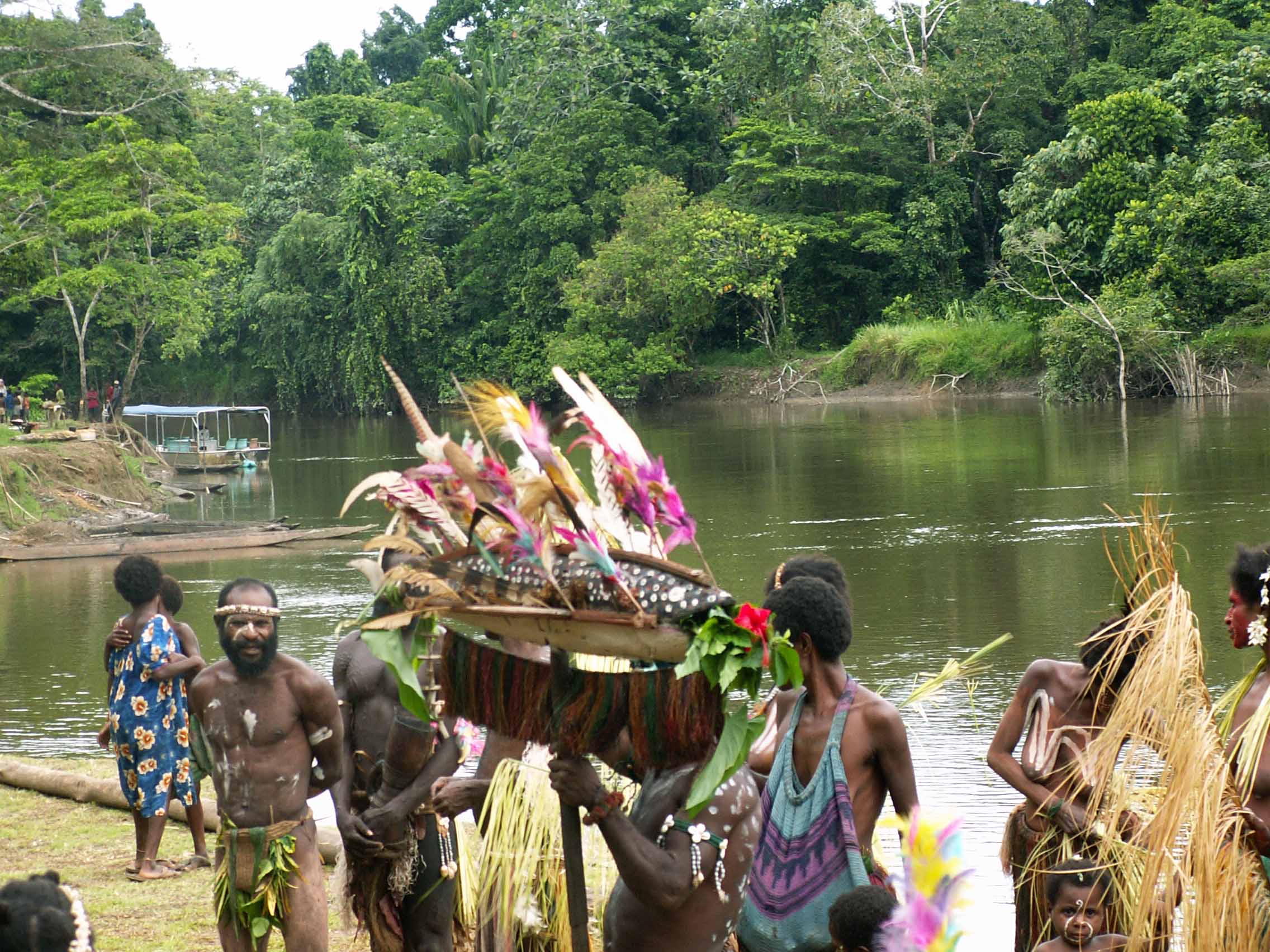
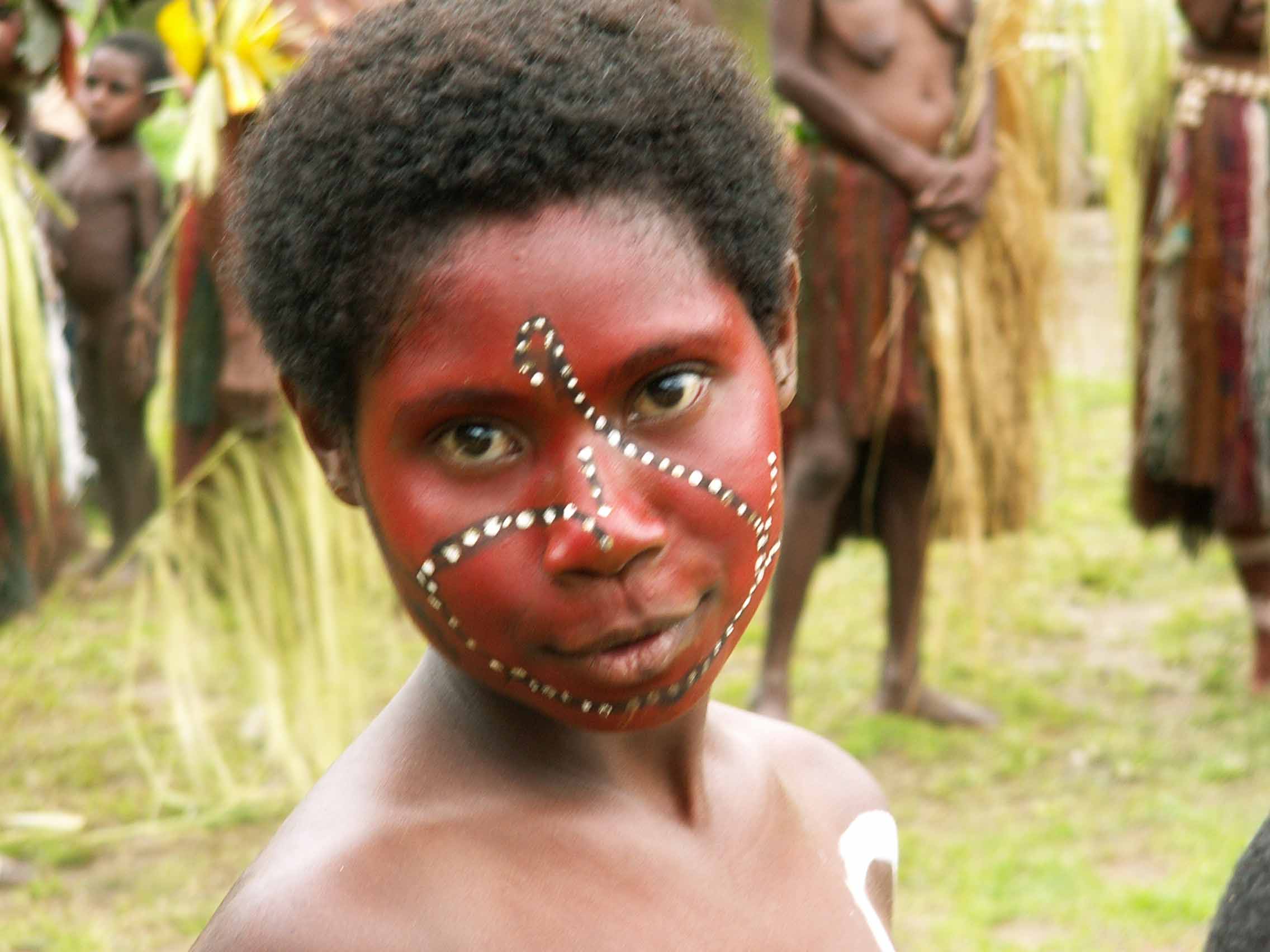
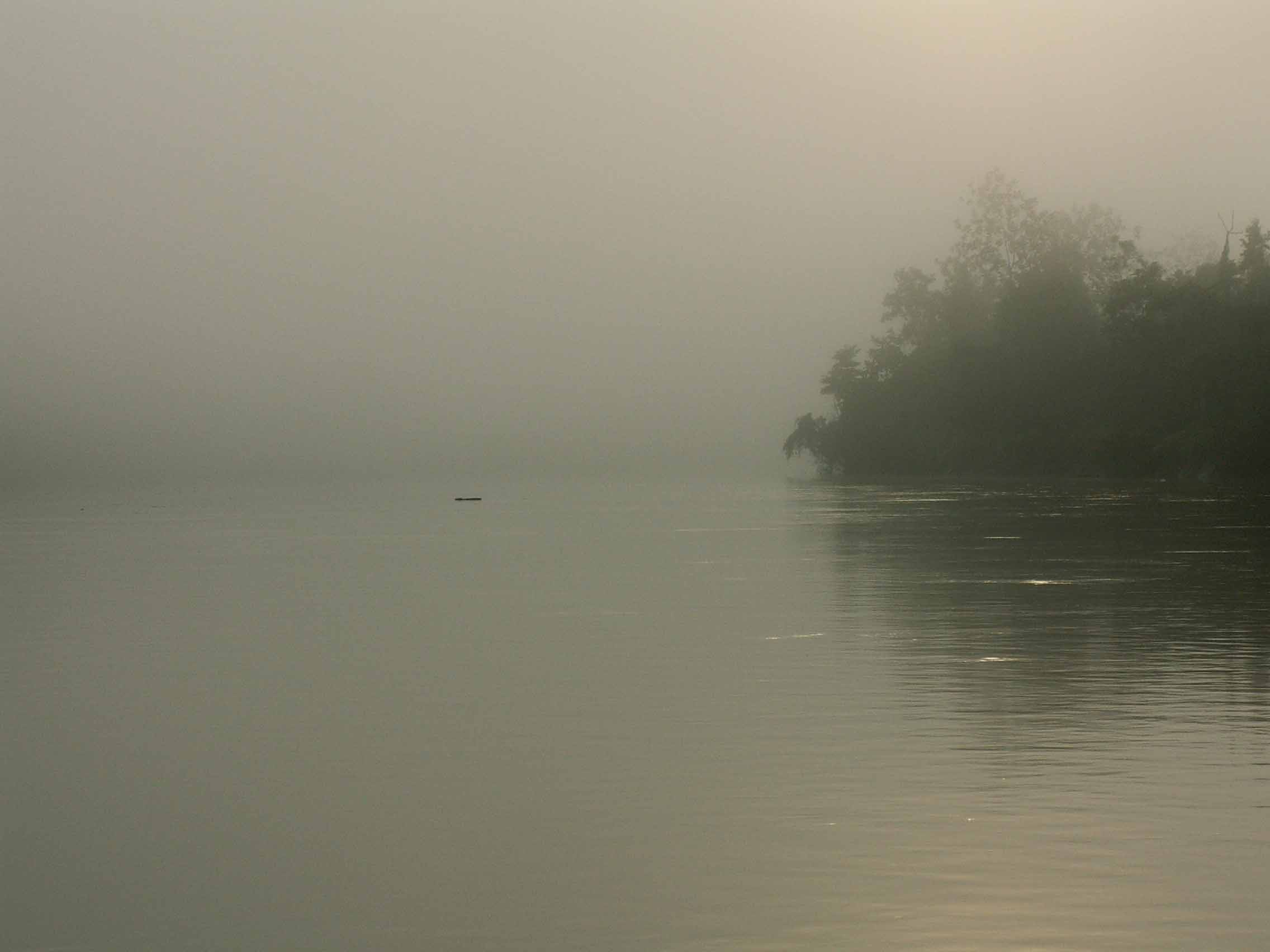
Friday 8th July
Up at 5.00 am to go up the river to look for the twelve wire bird of paradise. Then it was straight to the airstrip to catch the flight Mount Hagen. The group was split as the aircraft was a small Norman Brittain Islander.
Lunch and then off to see the Mud Men. The storey goes that two tribes were about to do battle. The smaller, weaker tribe dressed as spirits of the dead, covered in white clay and with huge masks over their heads. The other tribe were out foraging for food when they met this awesome site and fled from the area. Well that's the storey! They also gave us a demonstration of fire lighting.
It was then back to the airport for our flight to Madang. The Malolo Lodge was right on the beach but the facilities were a little sad.
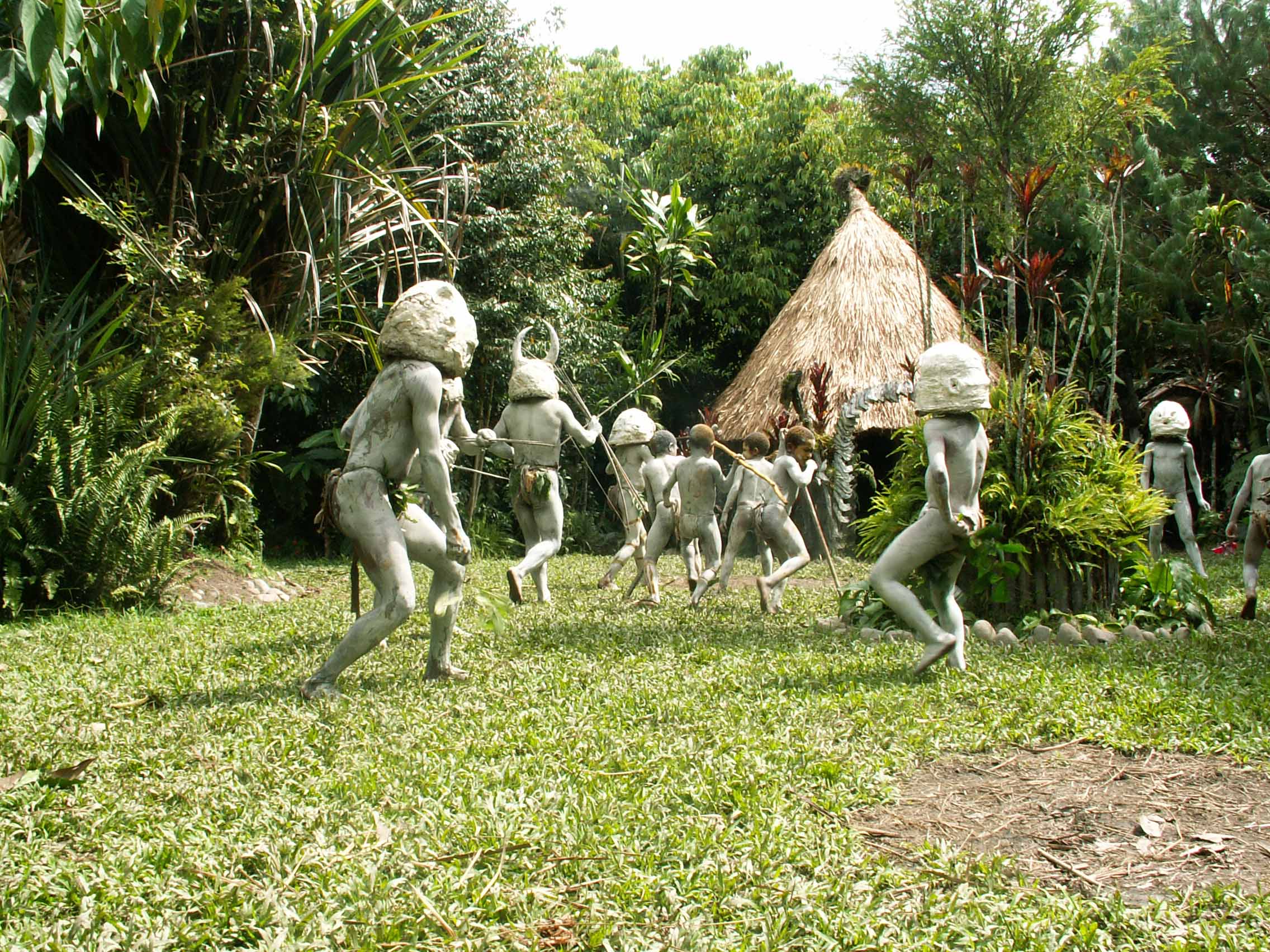
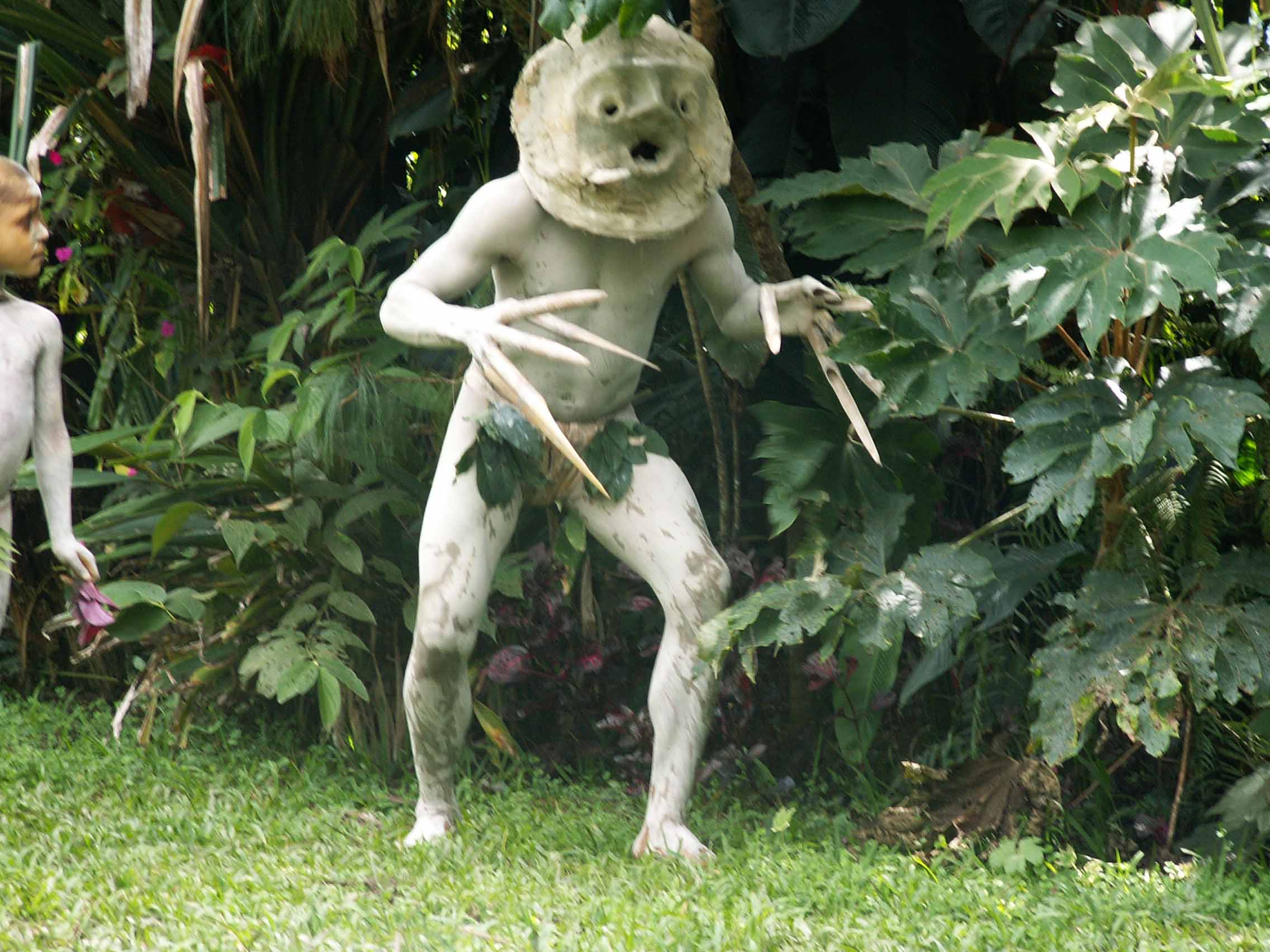
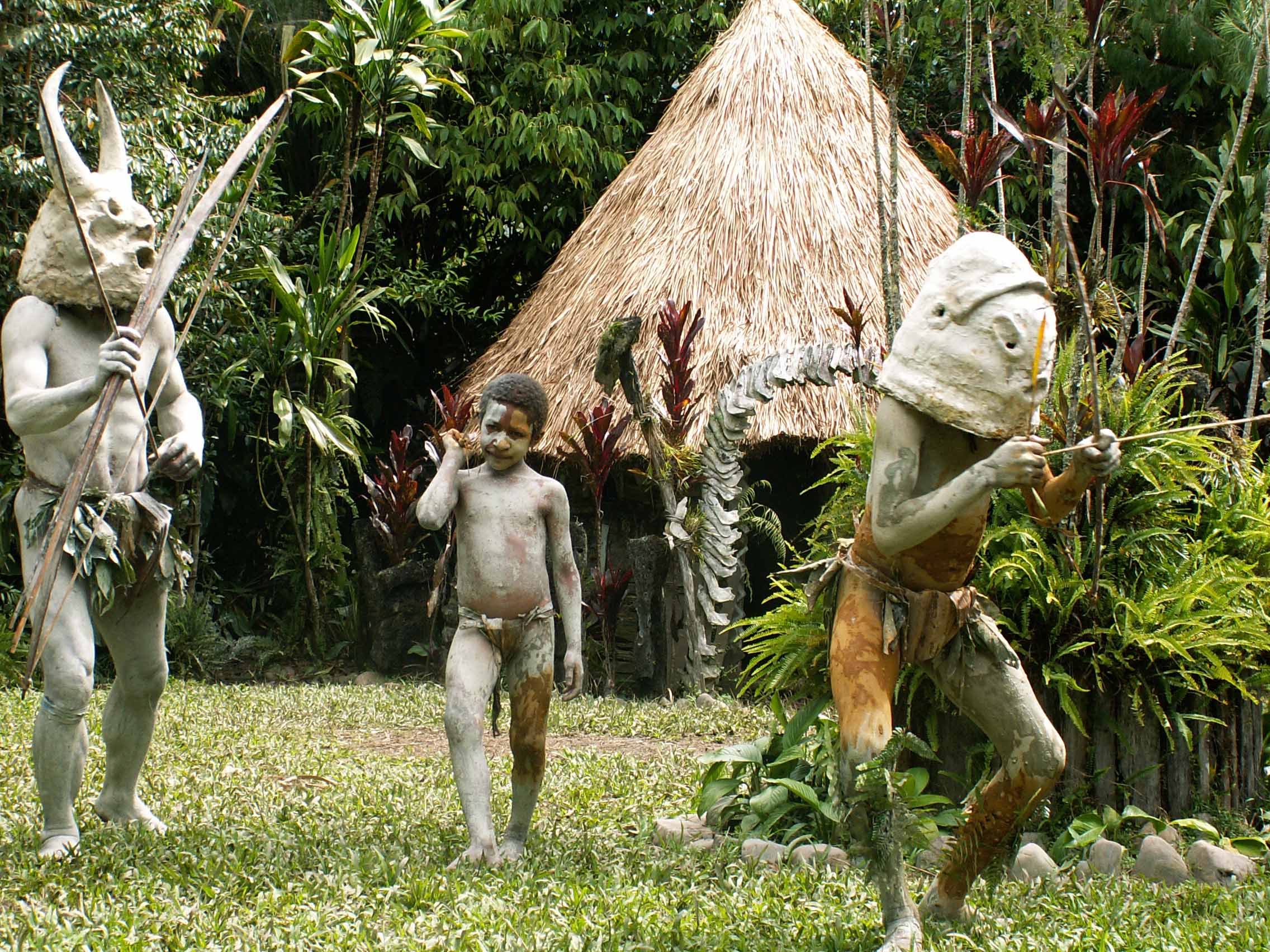
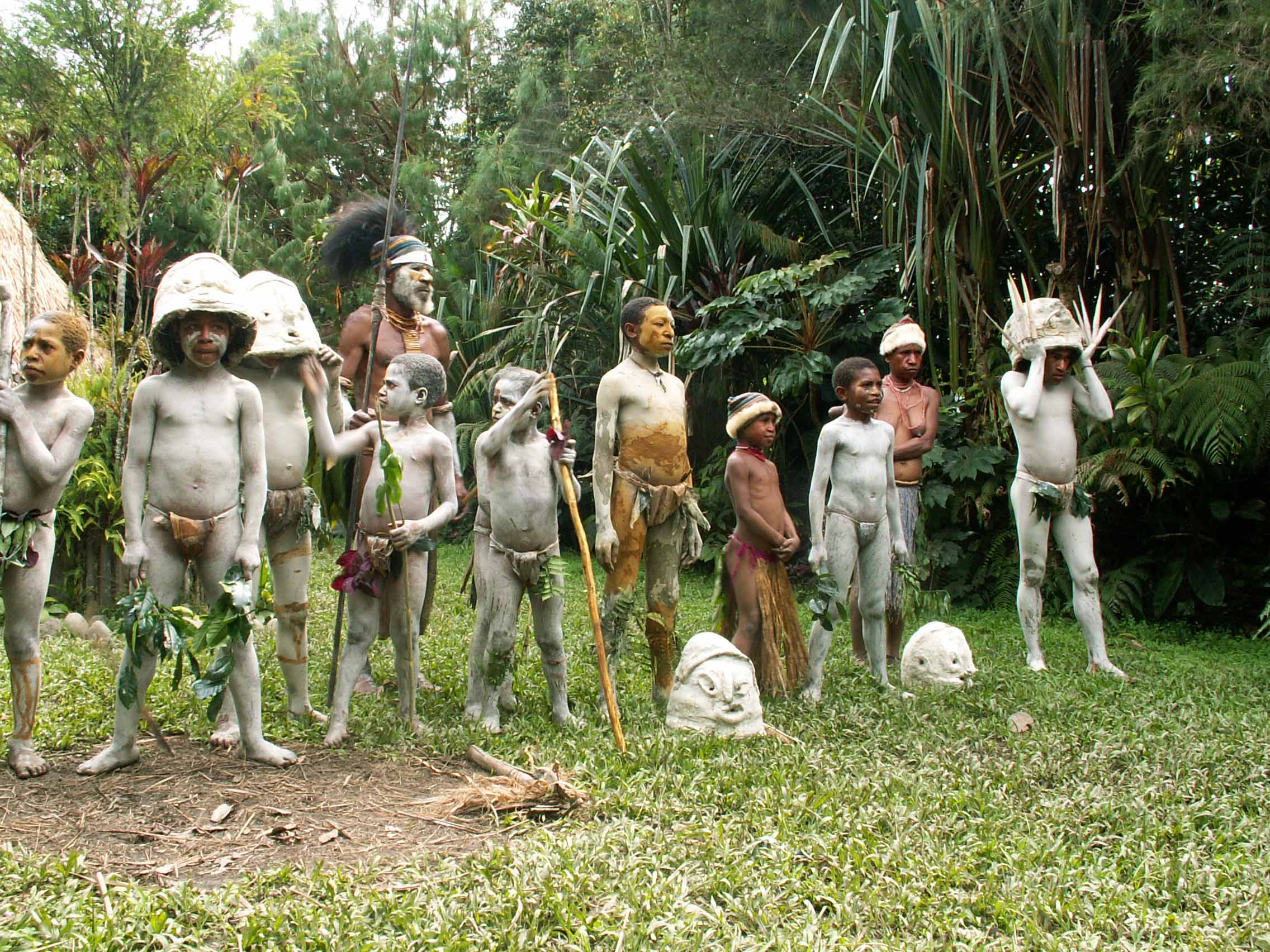
Saturday 9th July
A visit to Medang to see the town and its market during the morning. After lunch we went snorkeling.
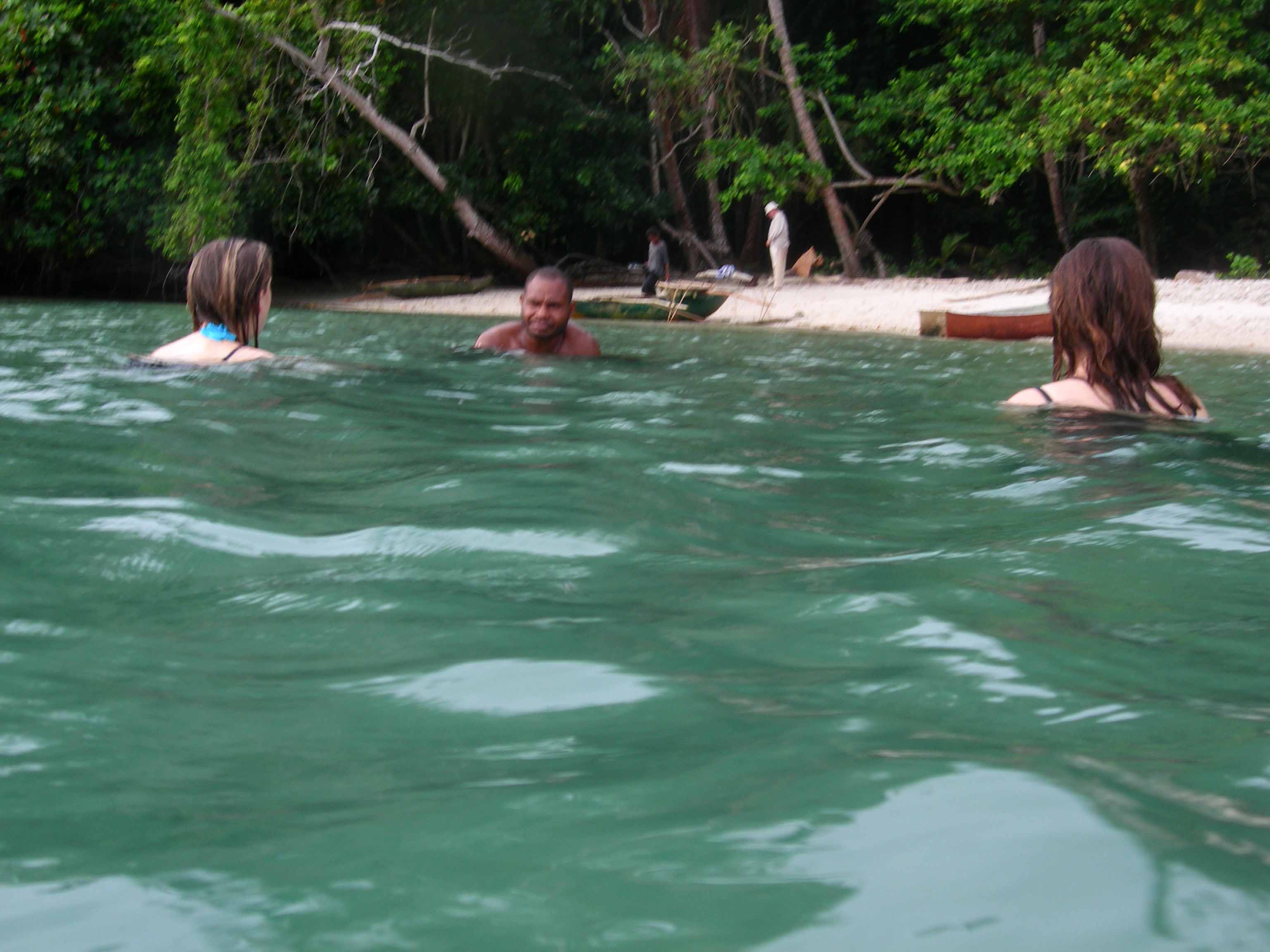
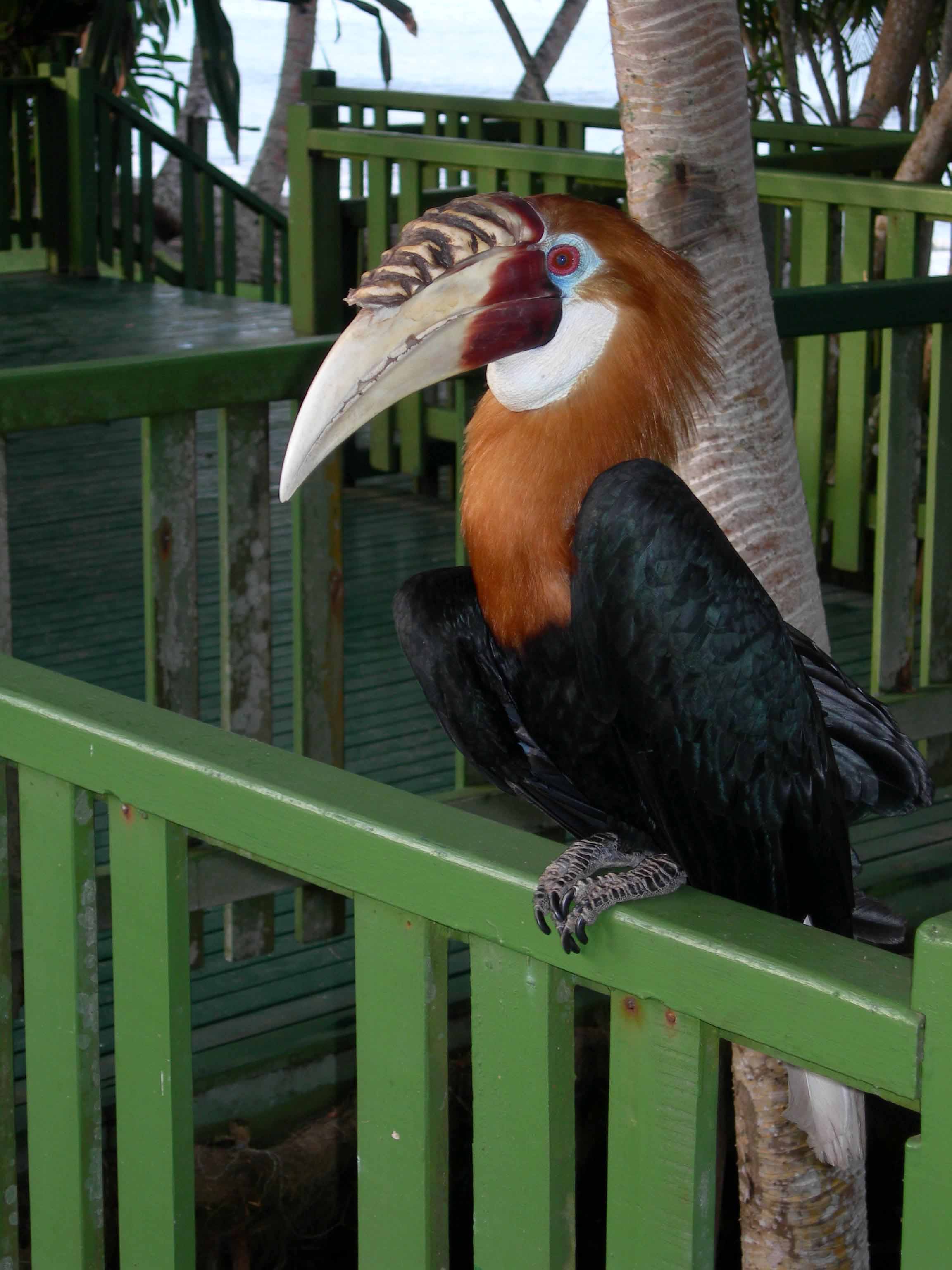
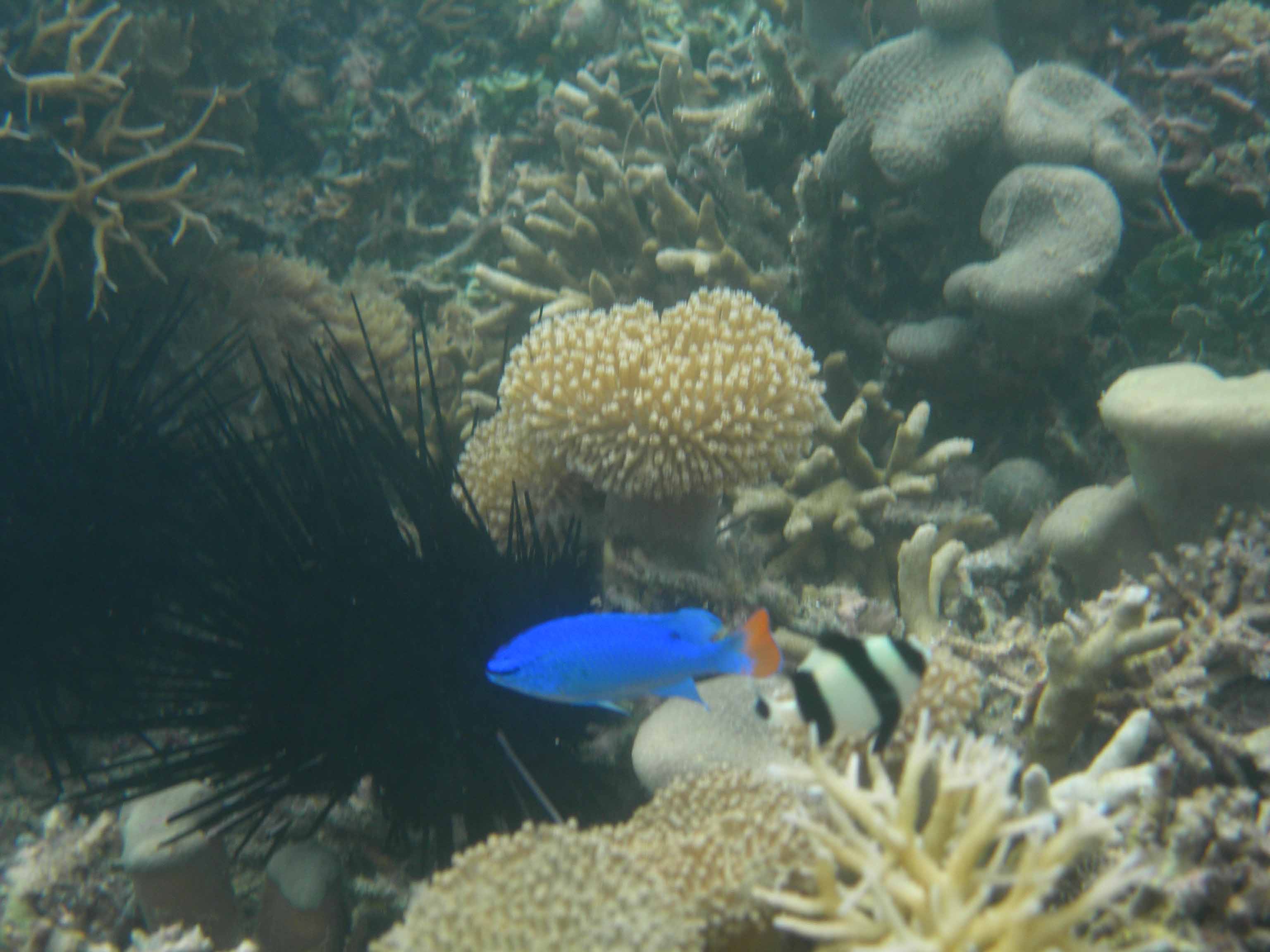
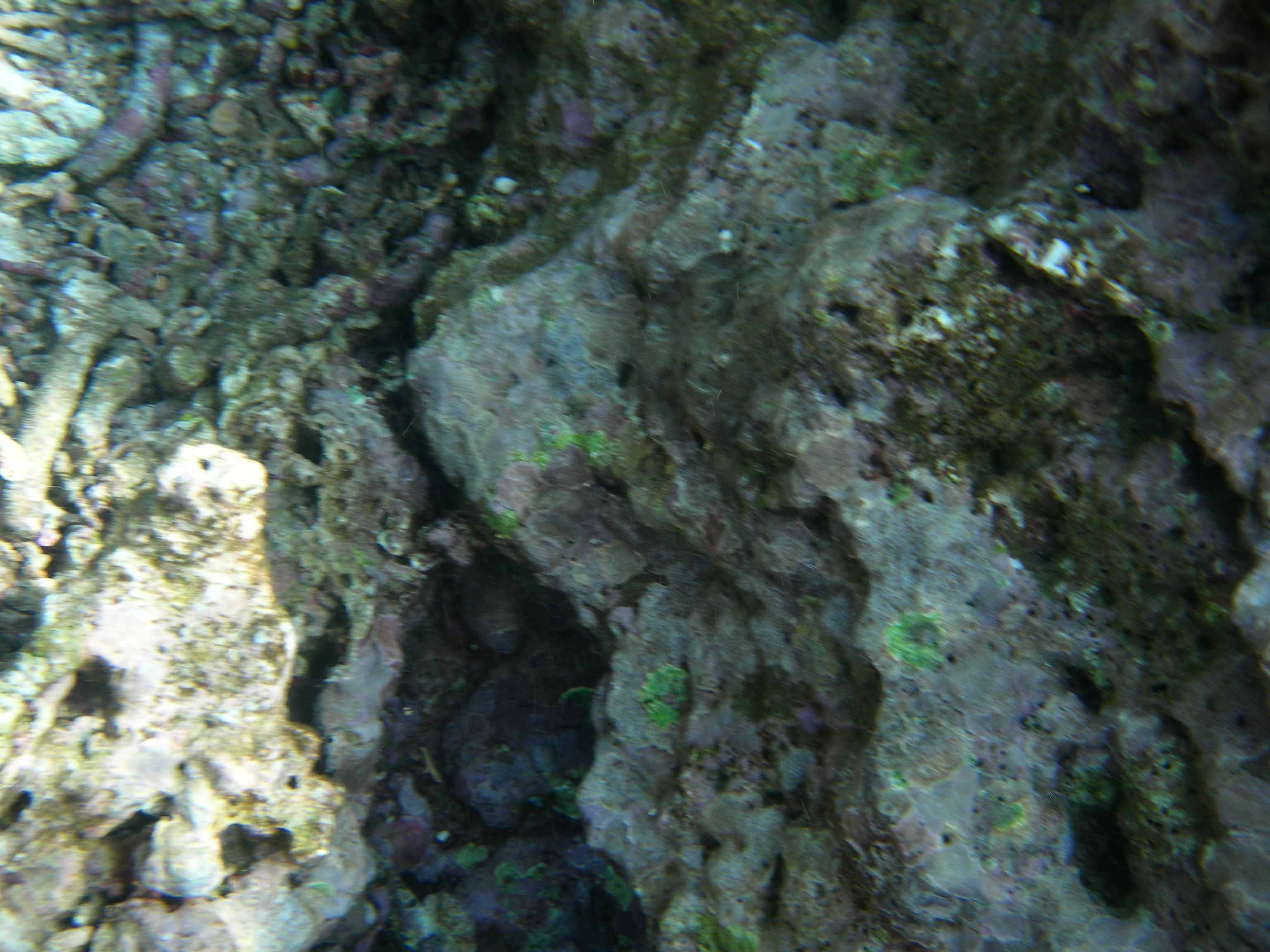
Sunday 10th July
The rest of the group left this morning and I stayed on for a few days. A walk in the local woodland was good but mid day was not the best time for bird watching. It was hot and humid due to the cloudy sky and the storm of the previous evening.
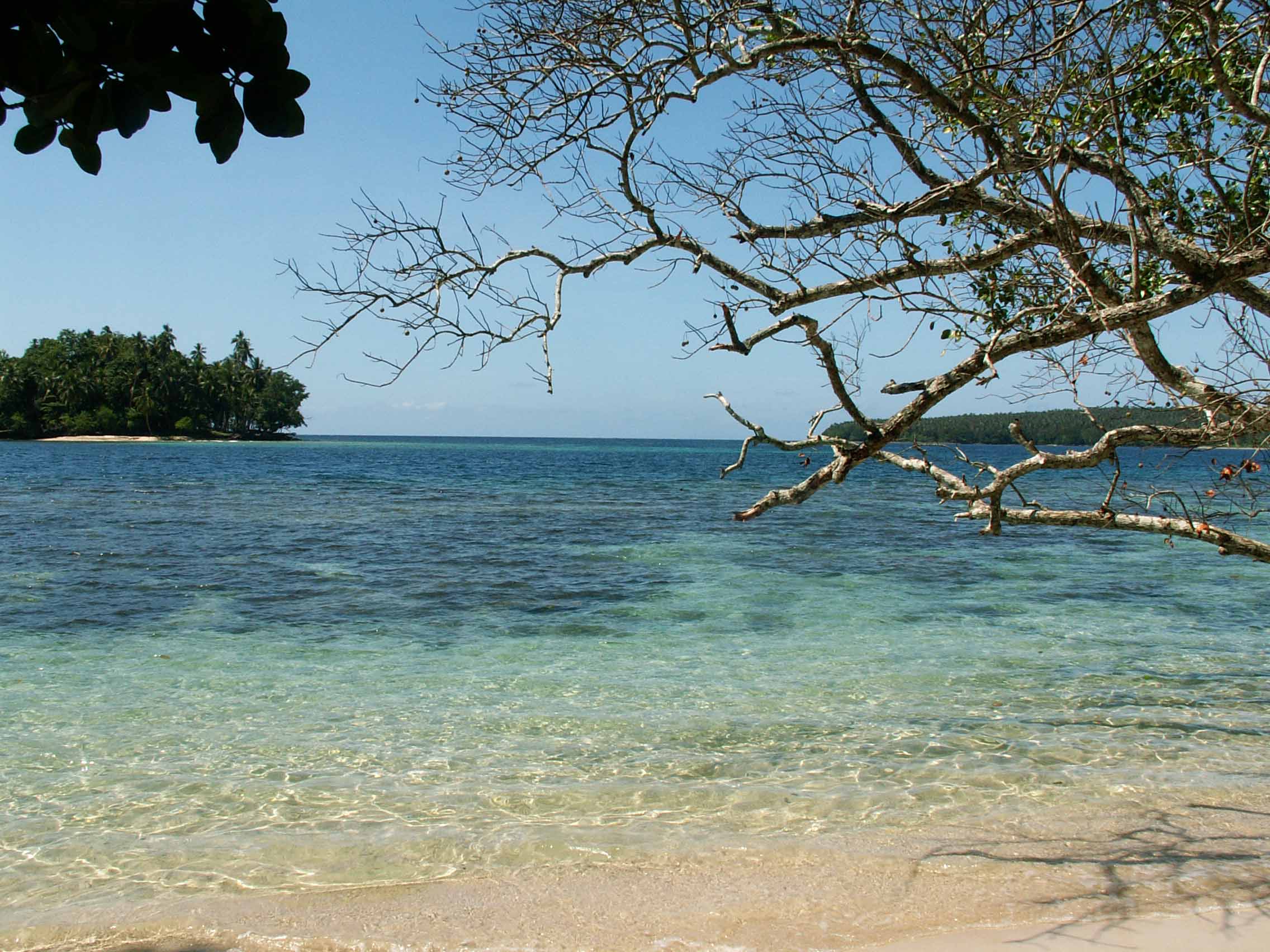
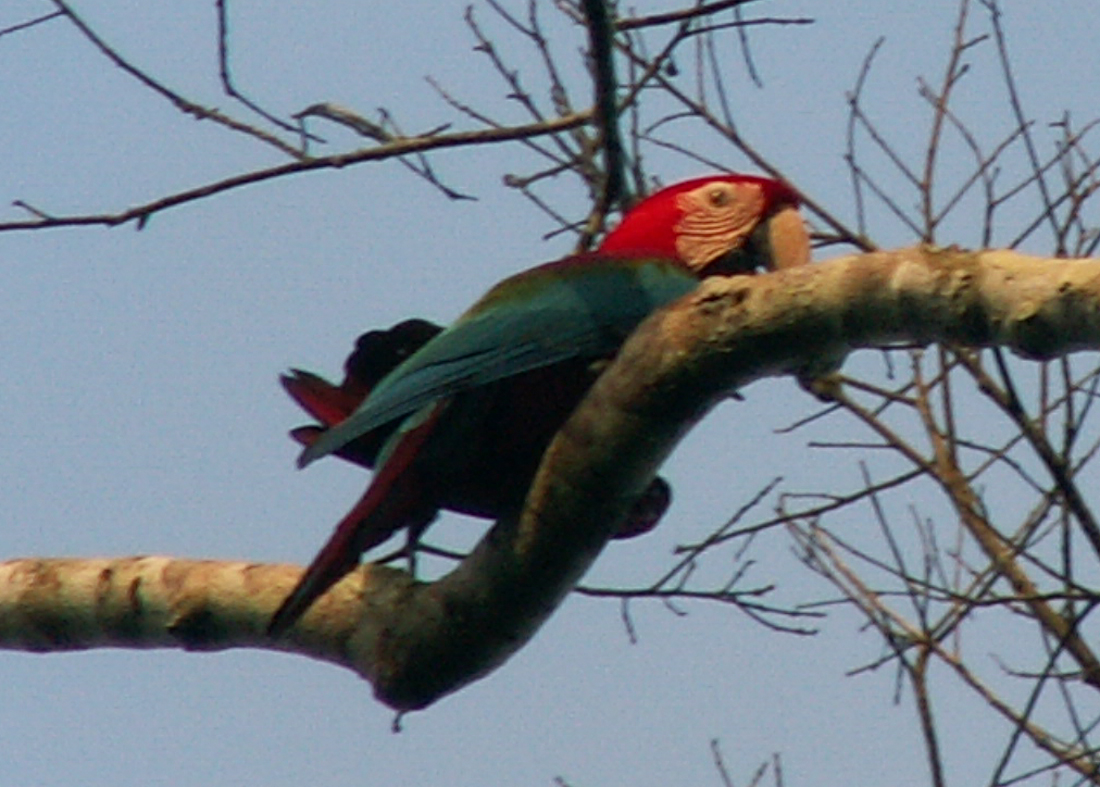
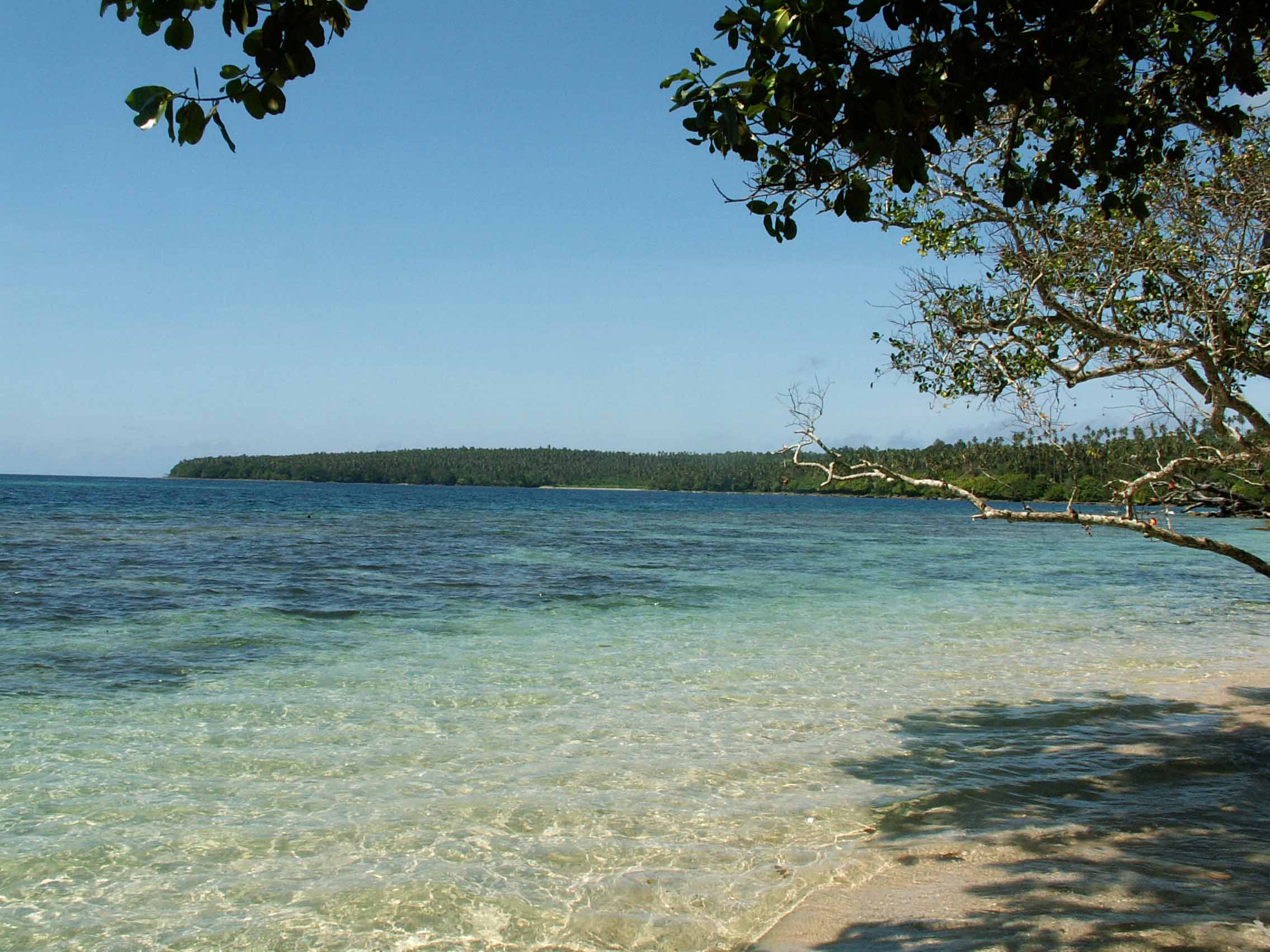
Monday 11th July
The weather was better and I went snorkeling further west along the coast. Saw two stone fish, bat fish, a shoal of young barracuda, numerous butterfly fish, wrasse and damsel fish. Being Monday the villagers were doing community work. The Government has a policy of having one day a week when the villagers clear pathways and generally clear up the village and surrounds. It will be interesting to see how much litter has been picked up in Madang market to-morrow! The wind is getting up to-night but there is a lovely star-light sky.
Tuesday 12th July
Very windy this morning and the sea very rough. I went to the harbour for a harbour cruise with snorkeling. We sped across a rough Madang harbour past Lepa Island to Pig Island. When the Germans arrived they transported the lepers and Pigs to Pig Island. The snorkeling was good as it was sheltered from the swell and high waves. In the afternoon back at Malolo Lodge we managed to get three brief sightings of the Lesser Bird of Paradise.
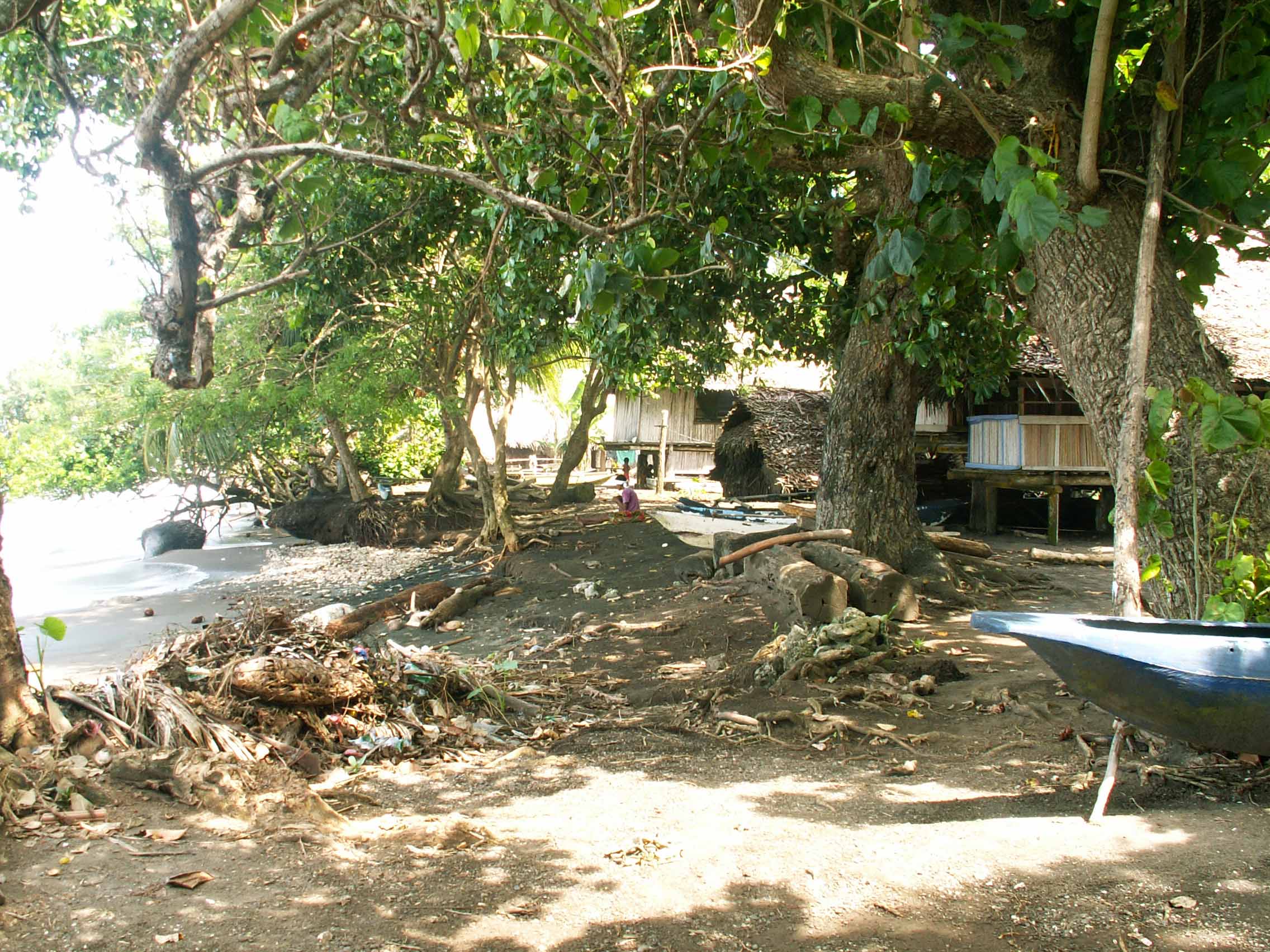
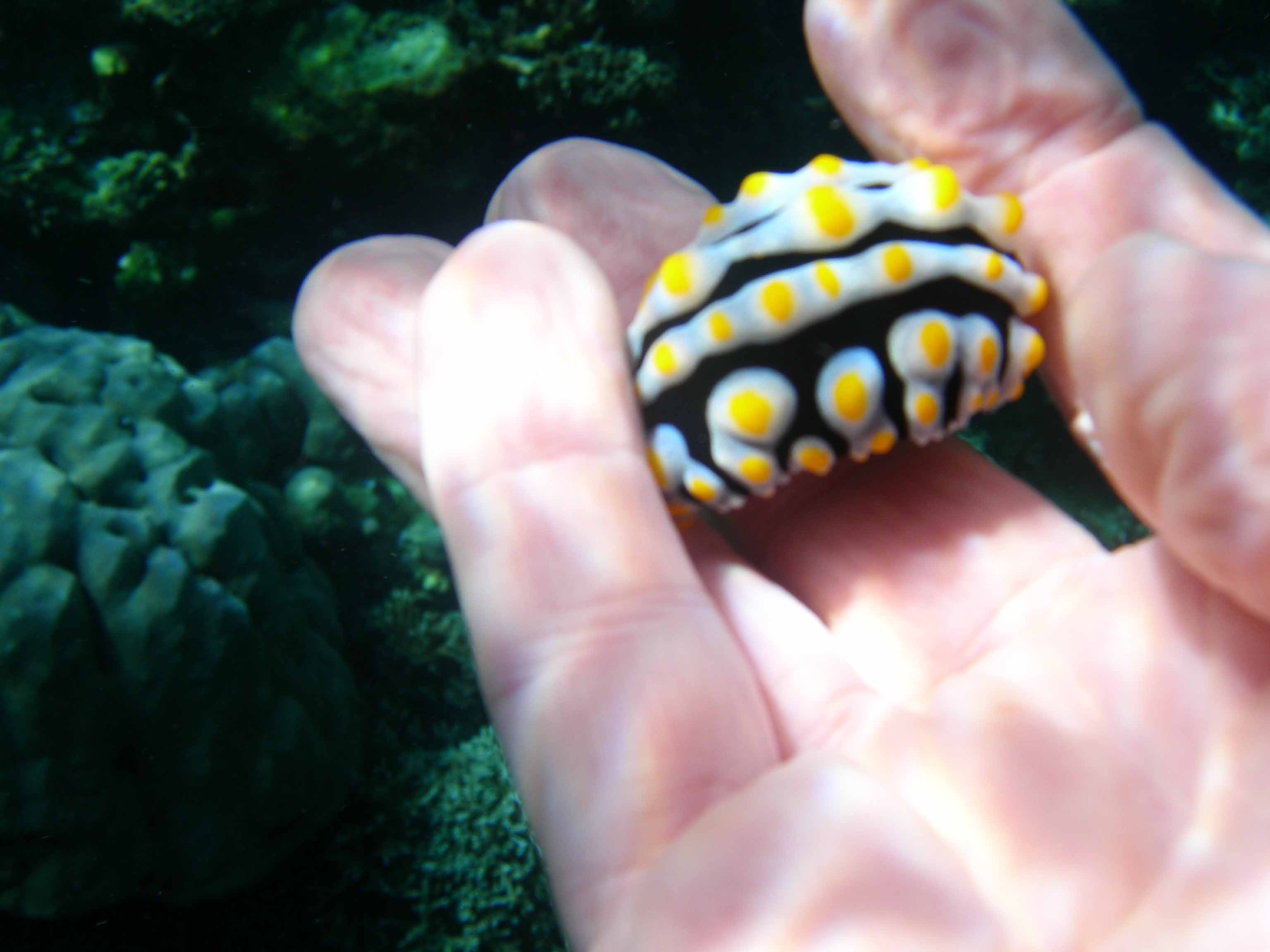
Wednesday 13th July
Off snorkeling again and saw a young Leopard Shark, stone fish, box fish and small reef fish. In the afternoon I had another trip out to see some large eels and river turtles near to Bilbil .
Thursday 14th July
Left early for the transfer to Madang Airport for my flight to Port Moresby. Then it was time for my flight home via Singapore.
Click HERE for Wildlife Photographs of the trip.
